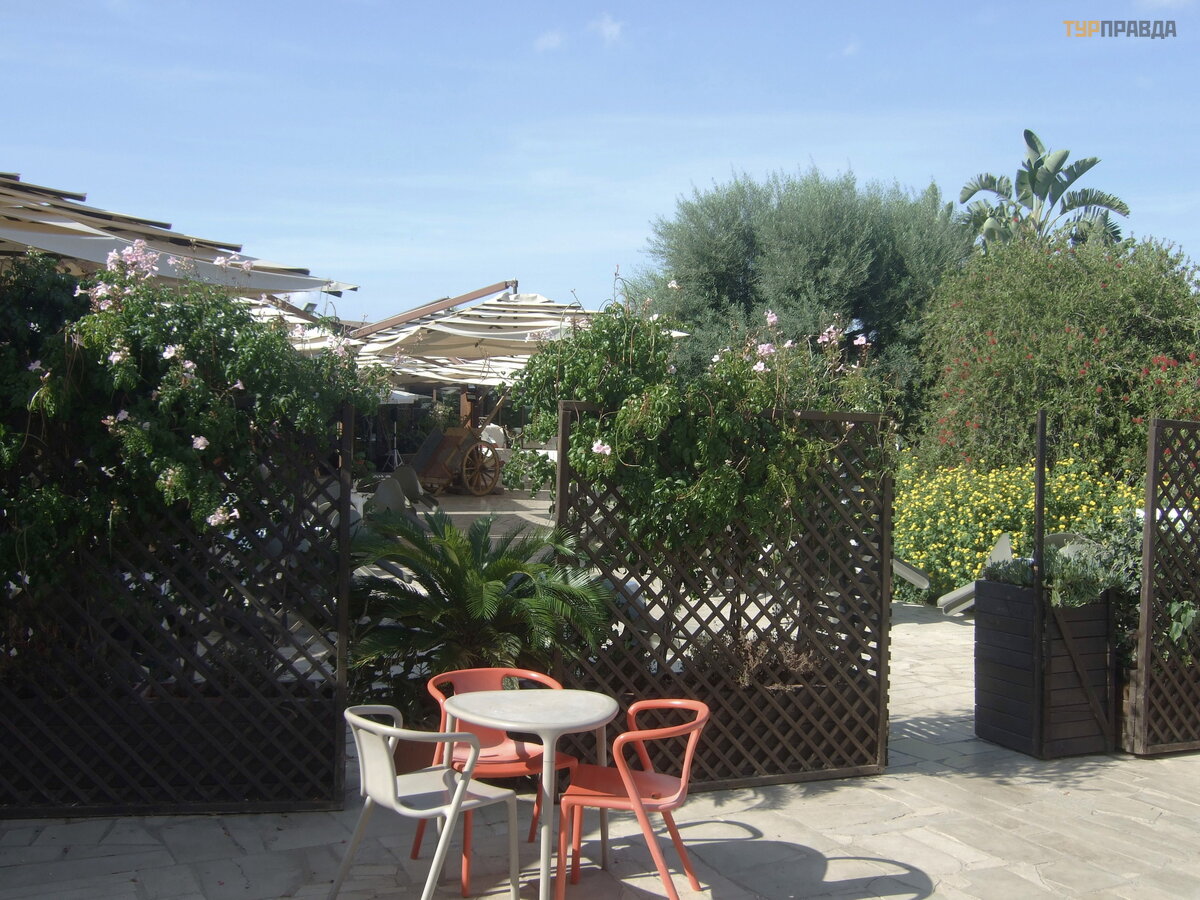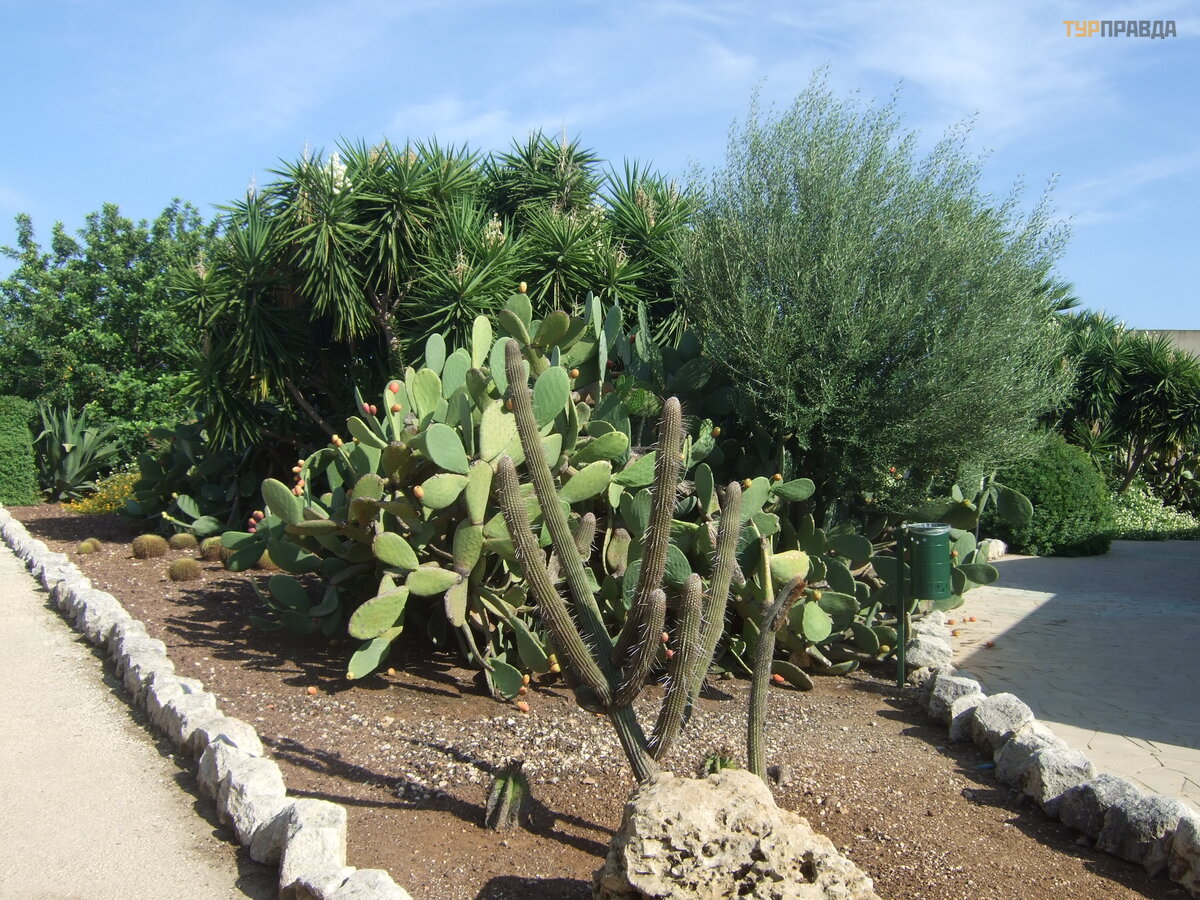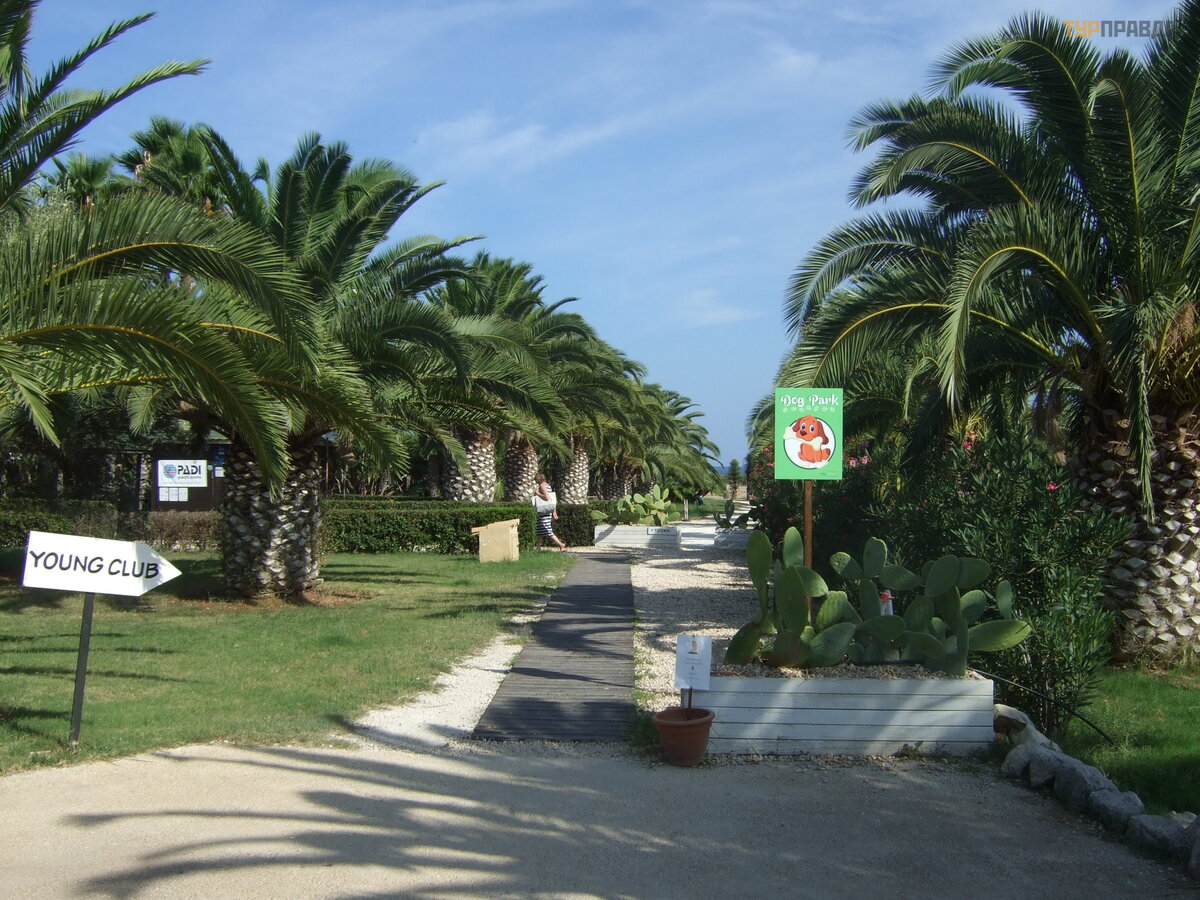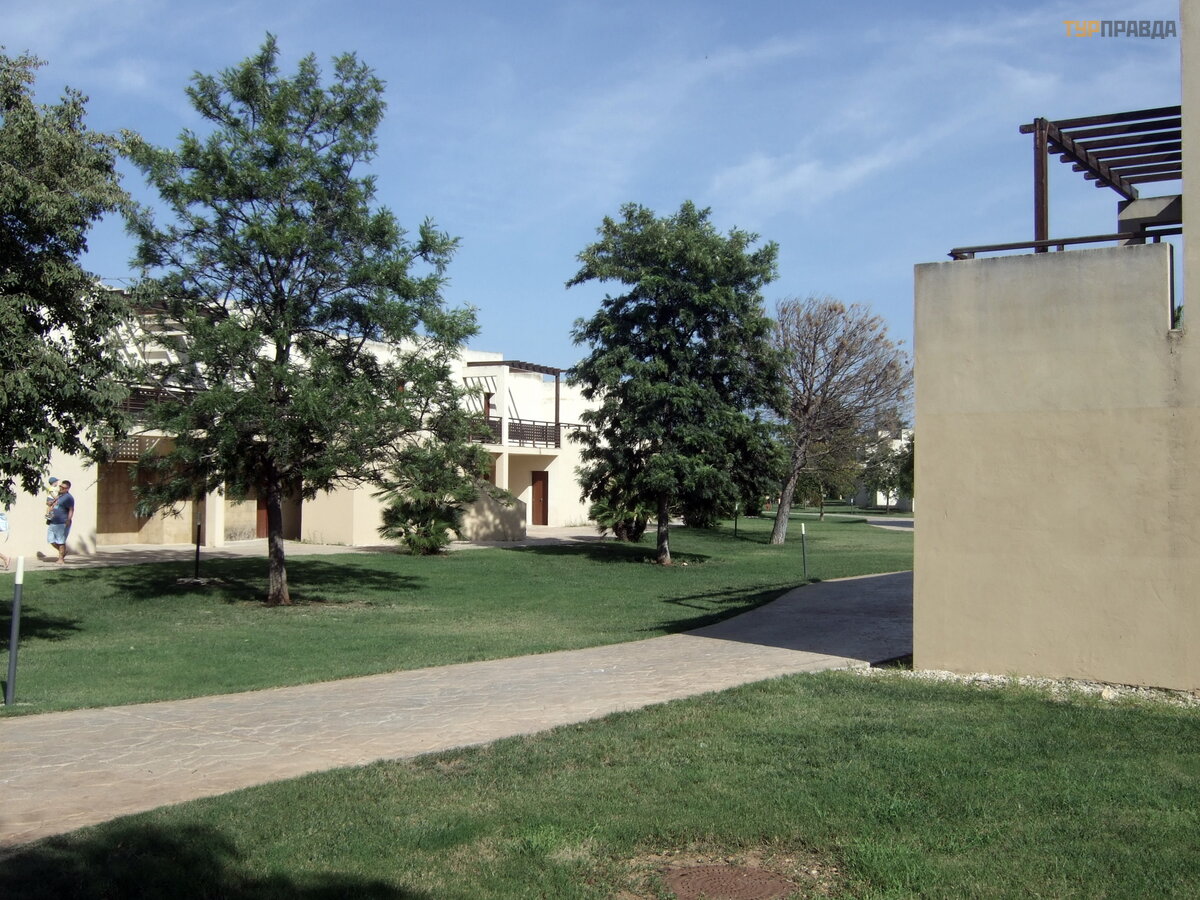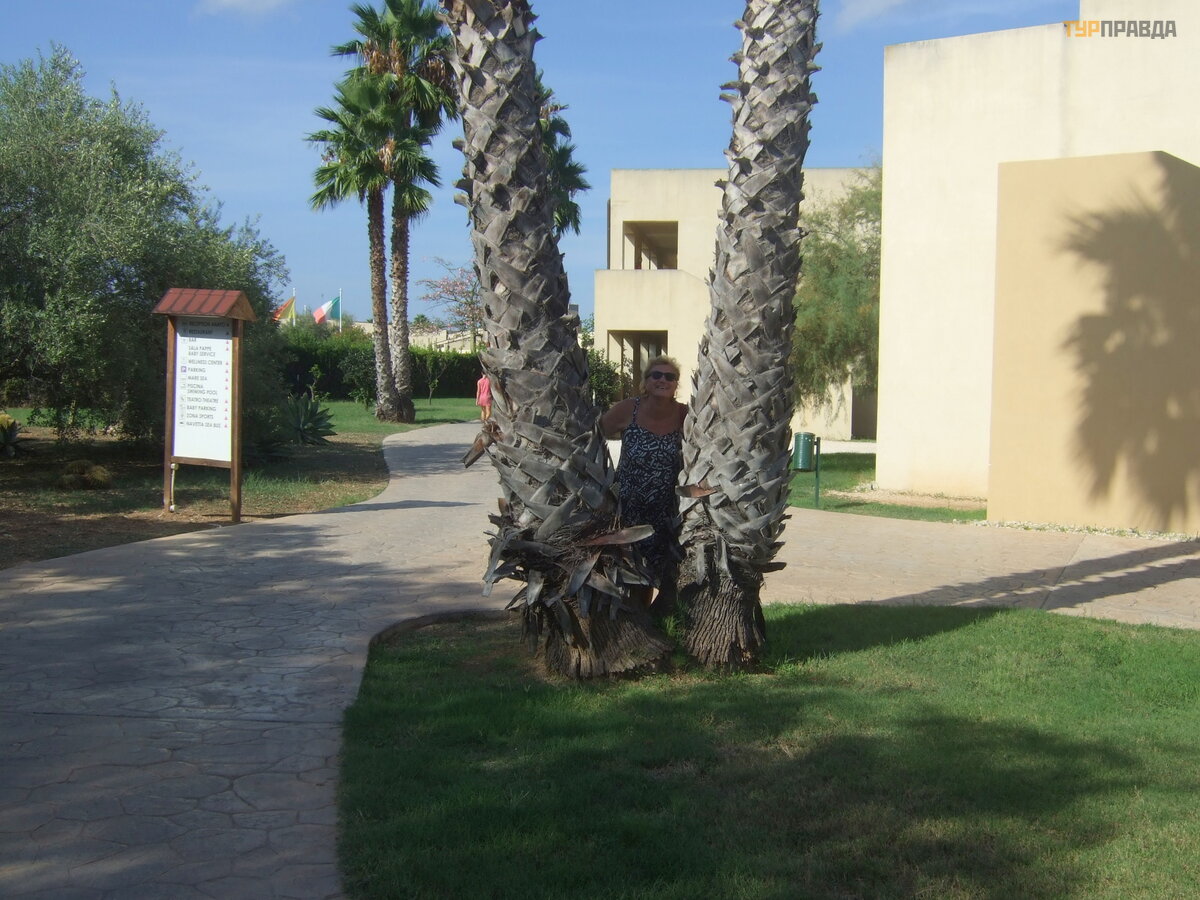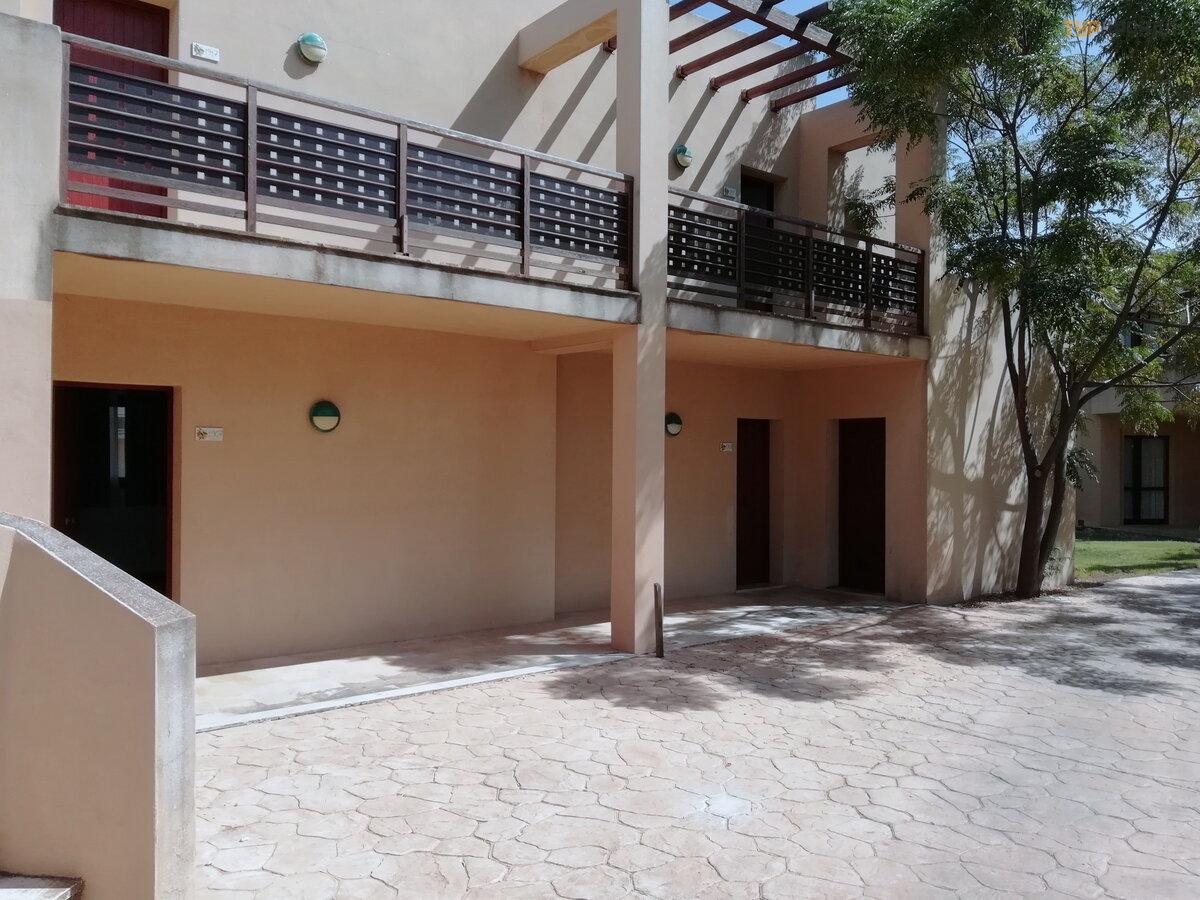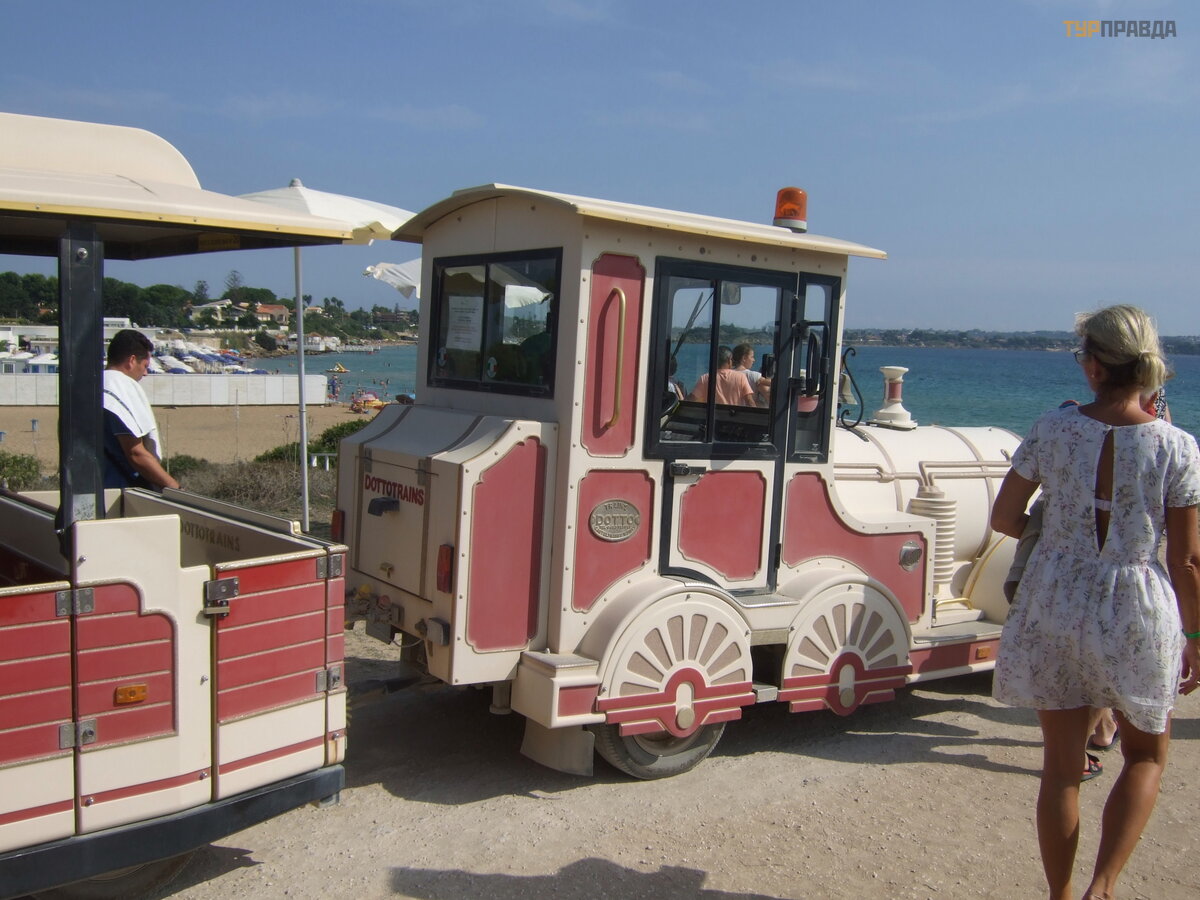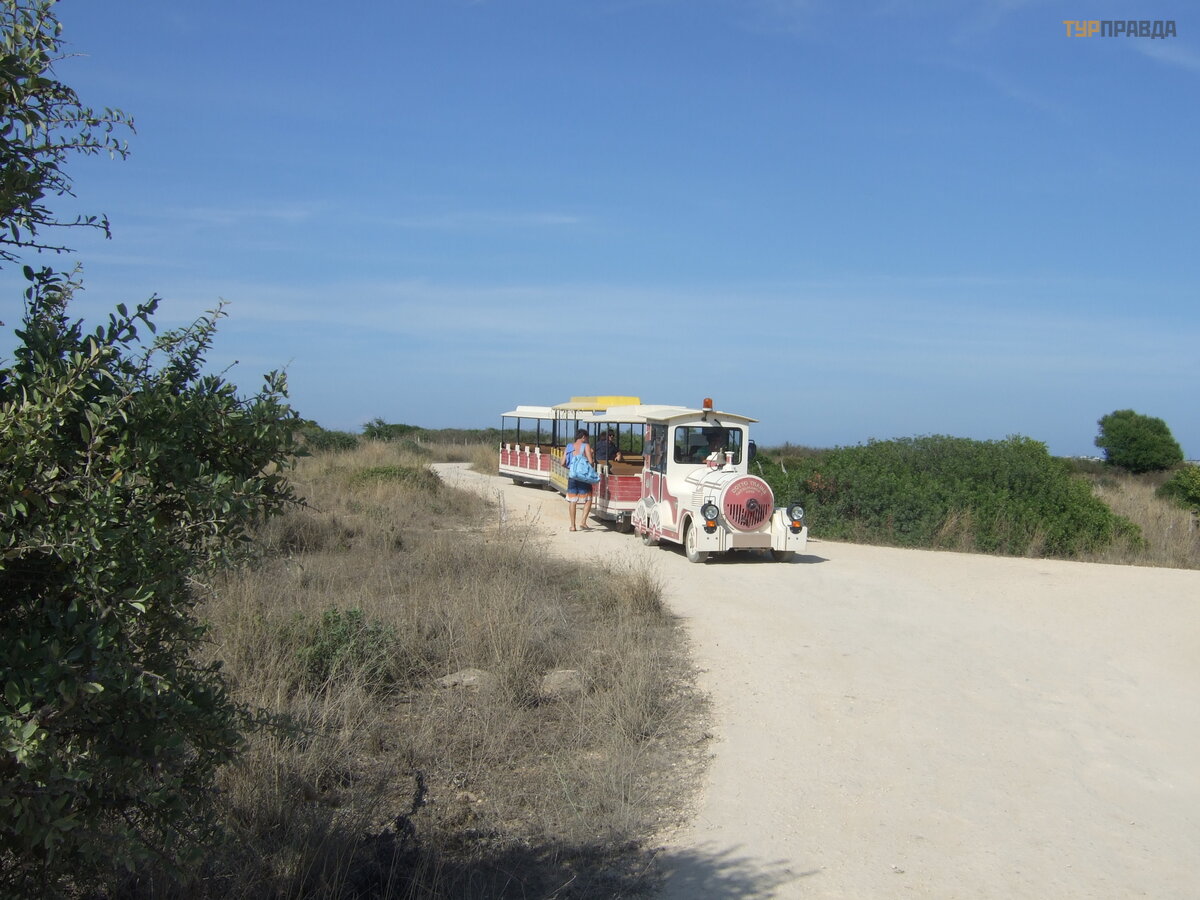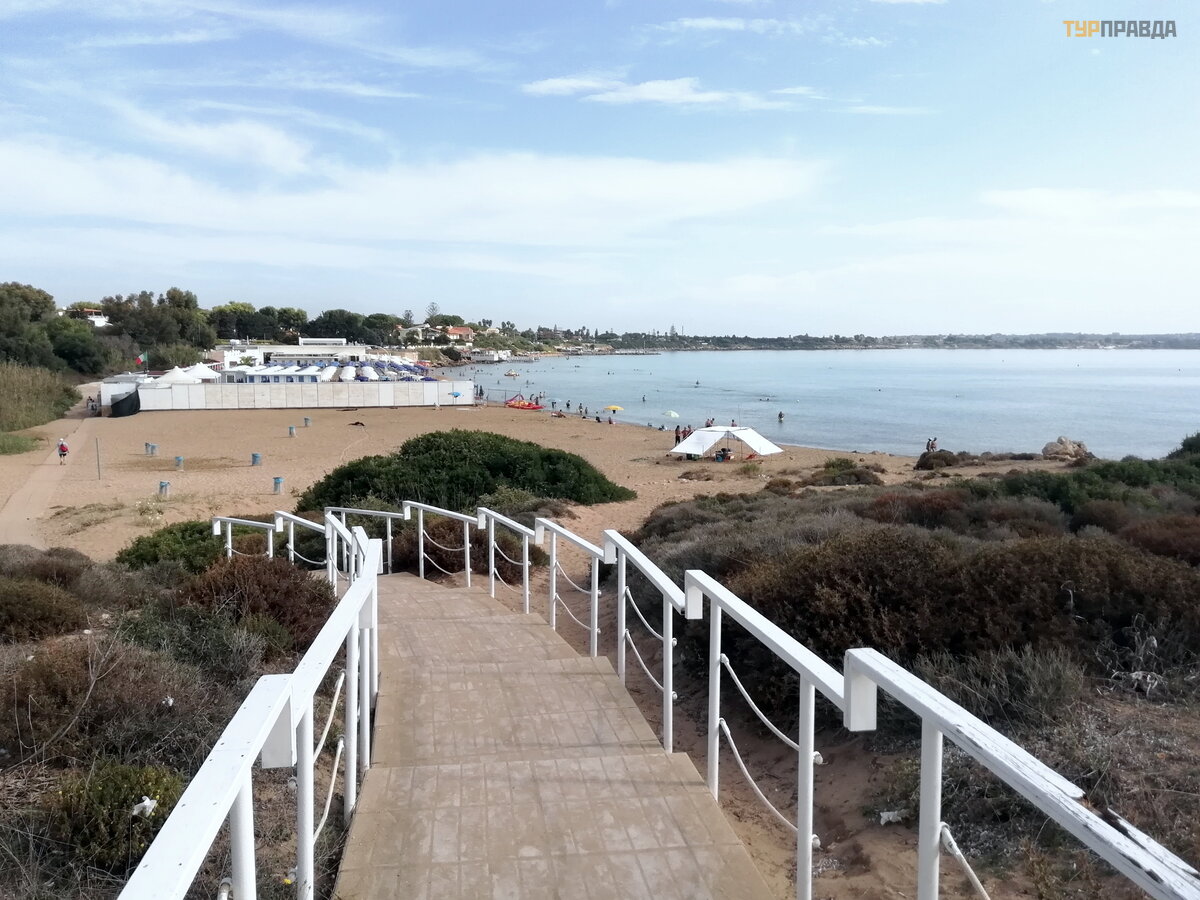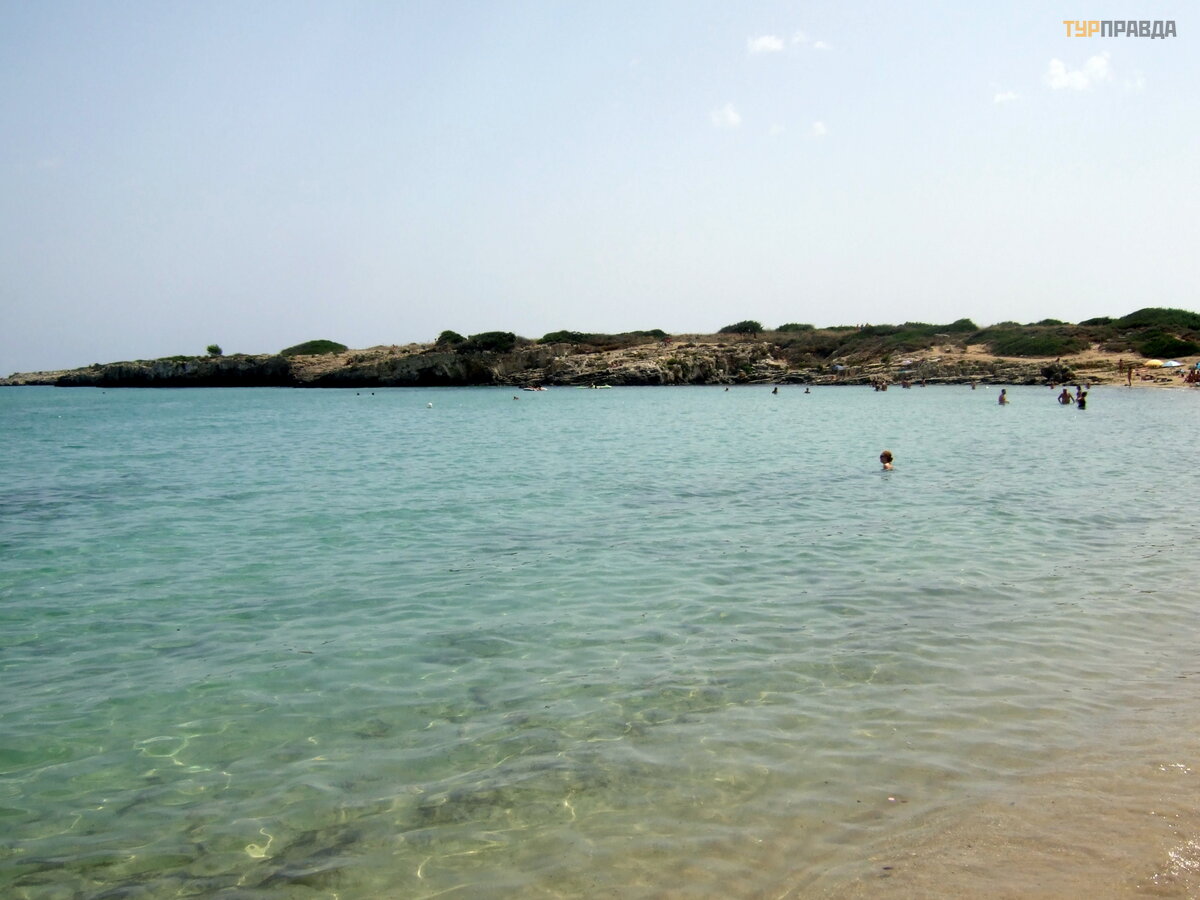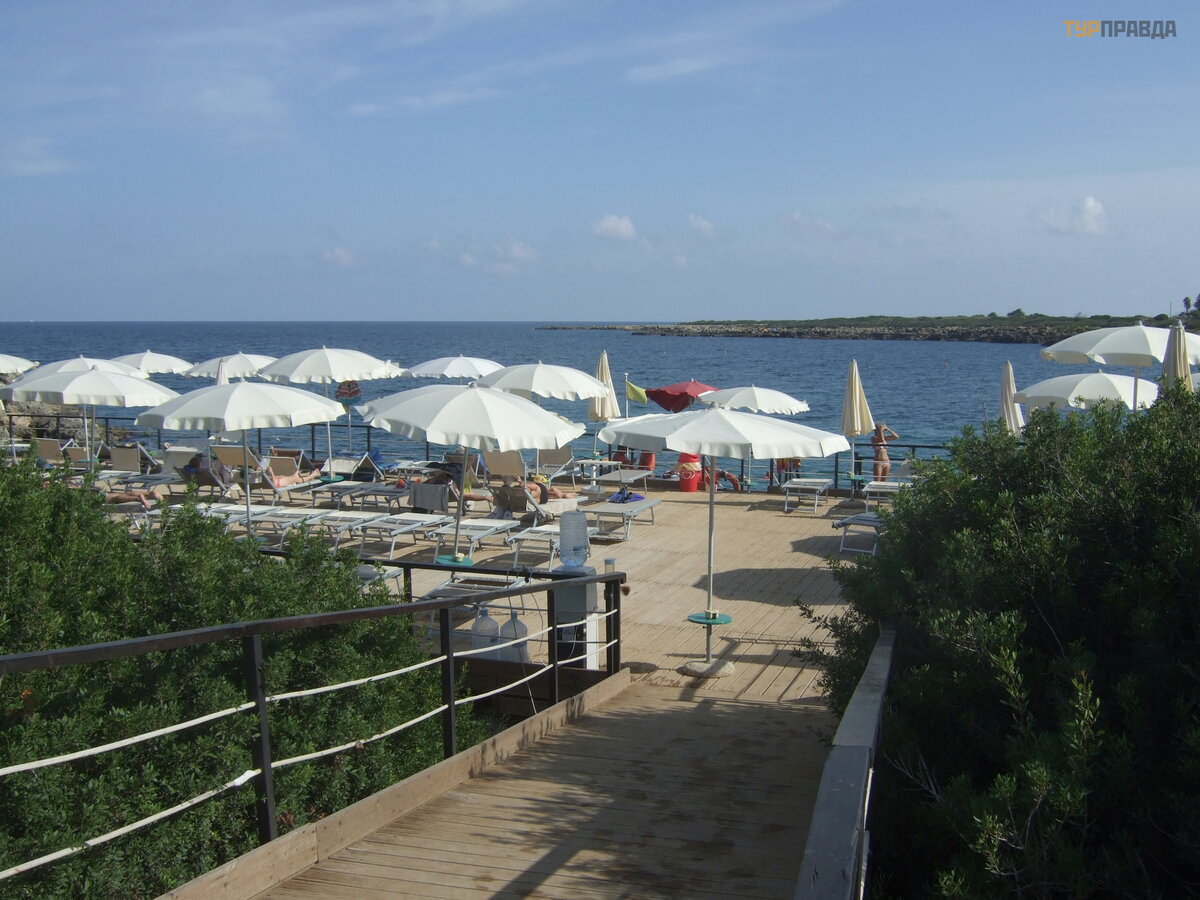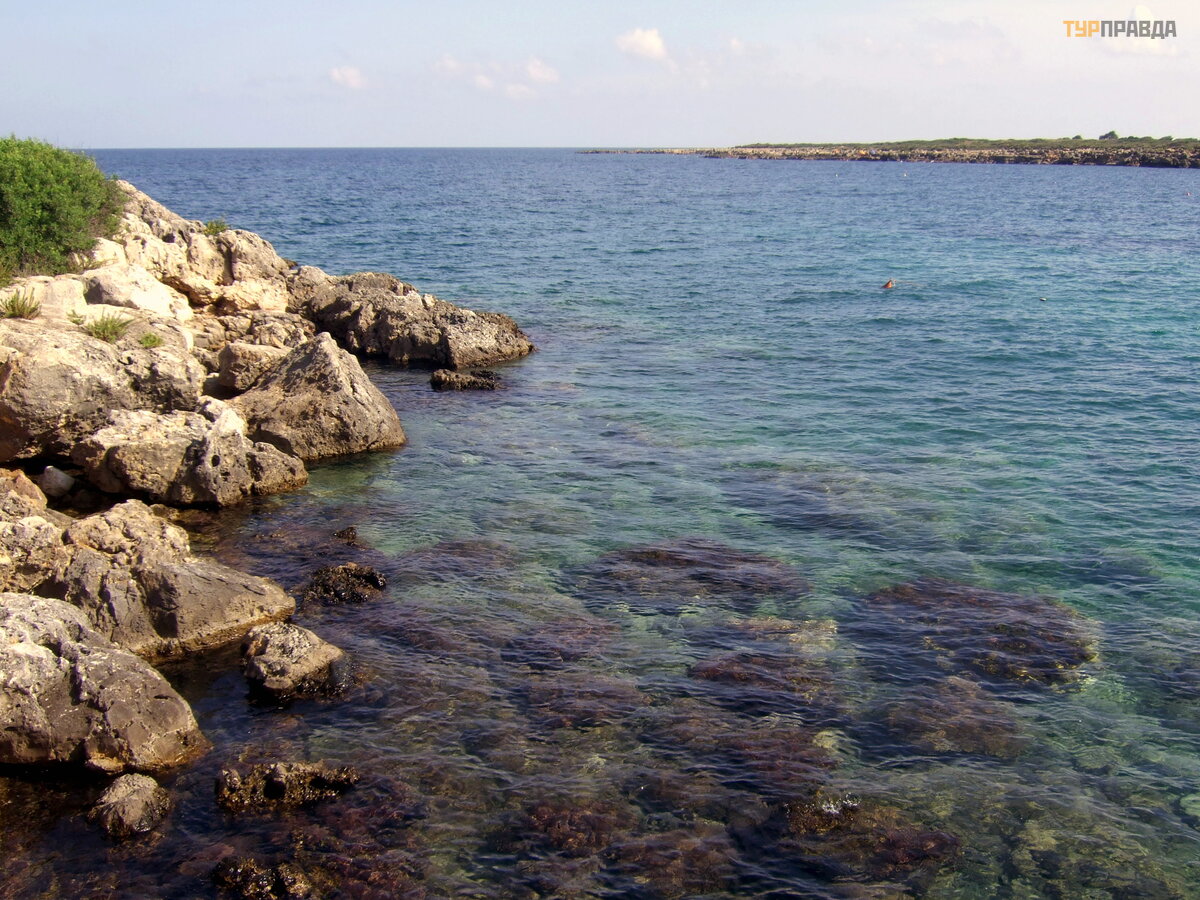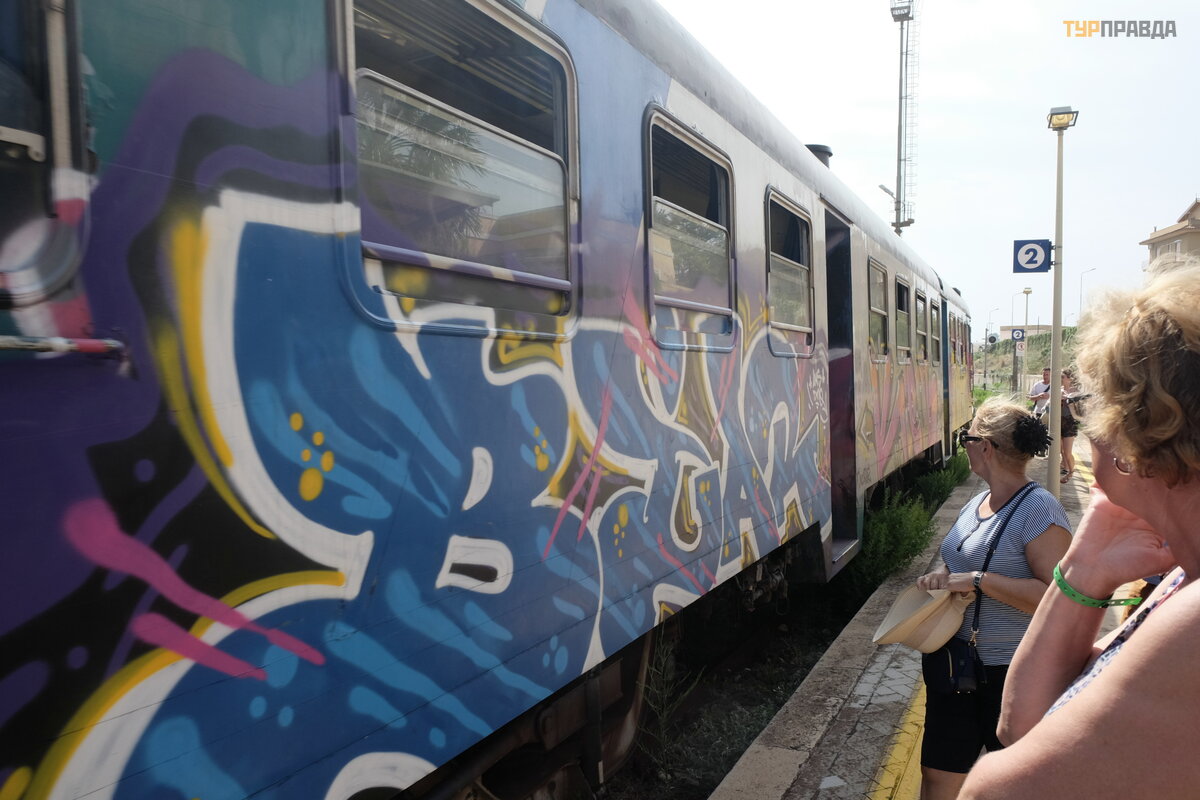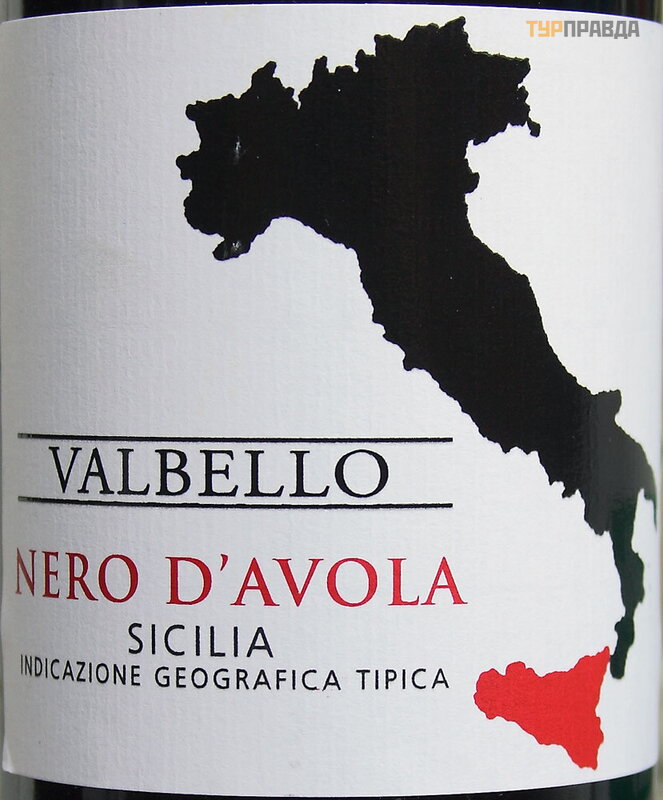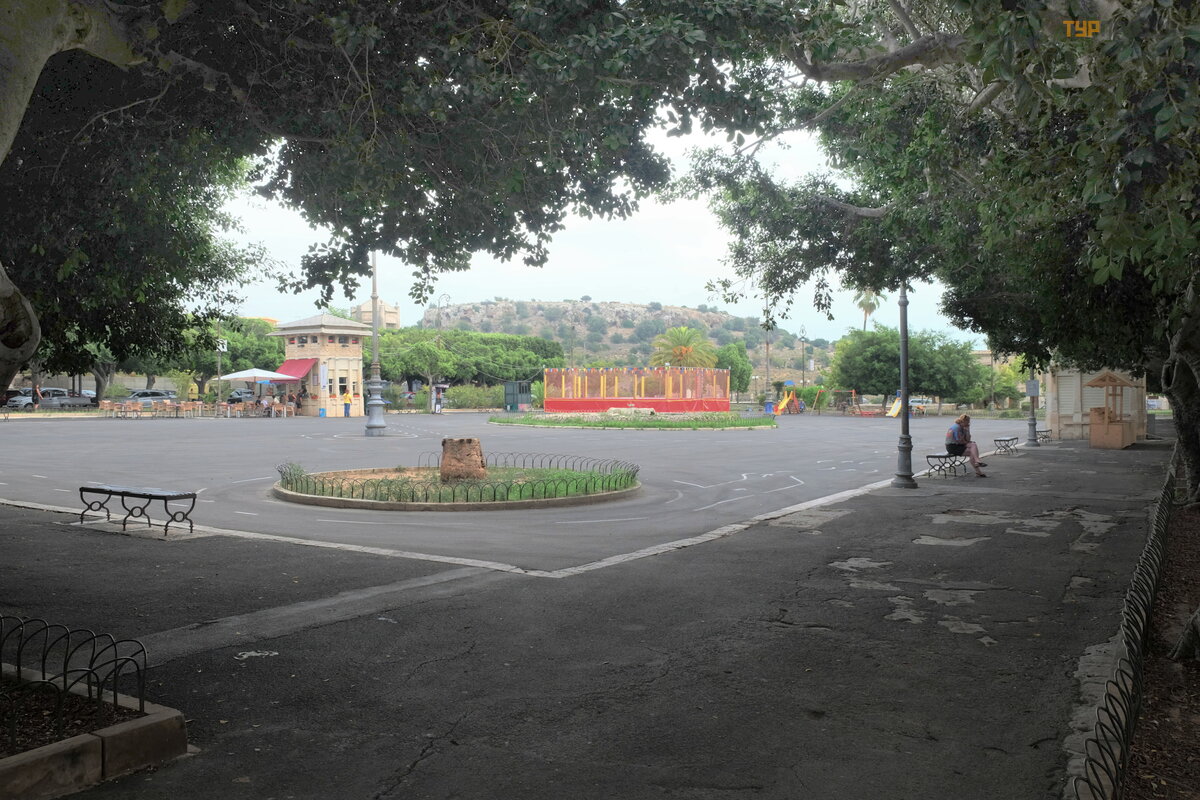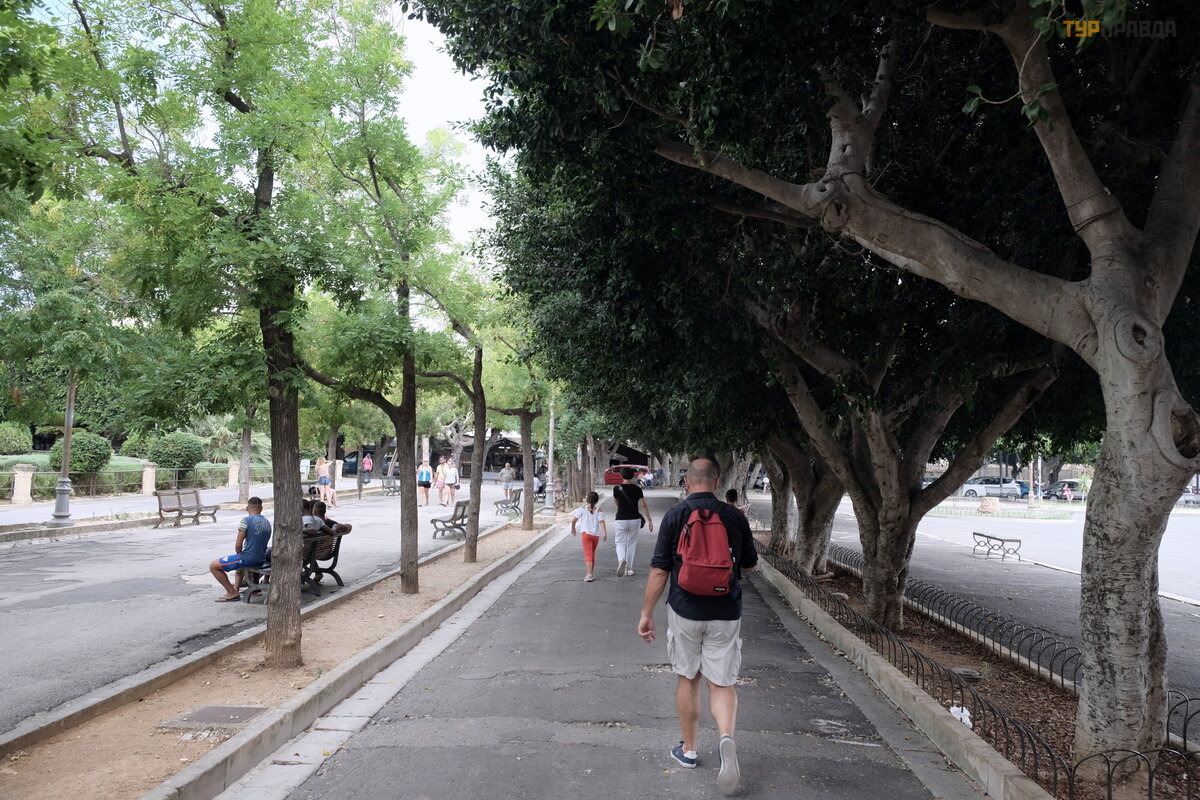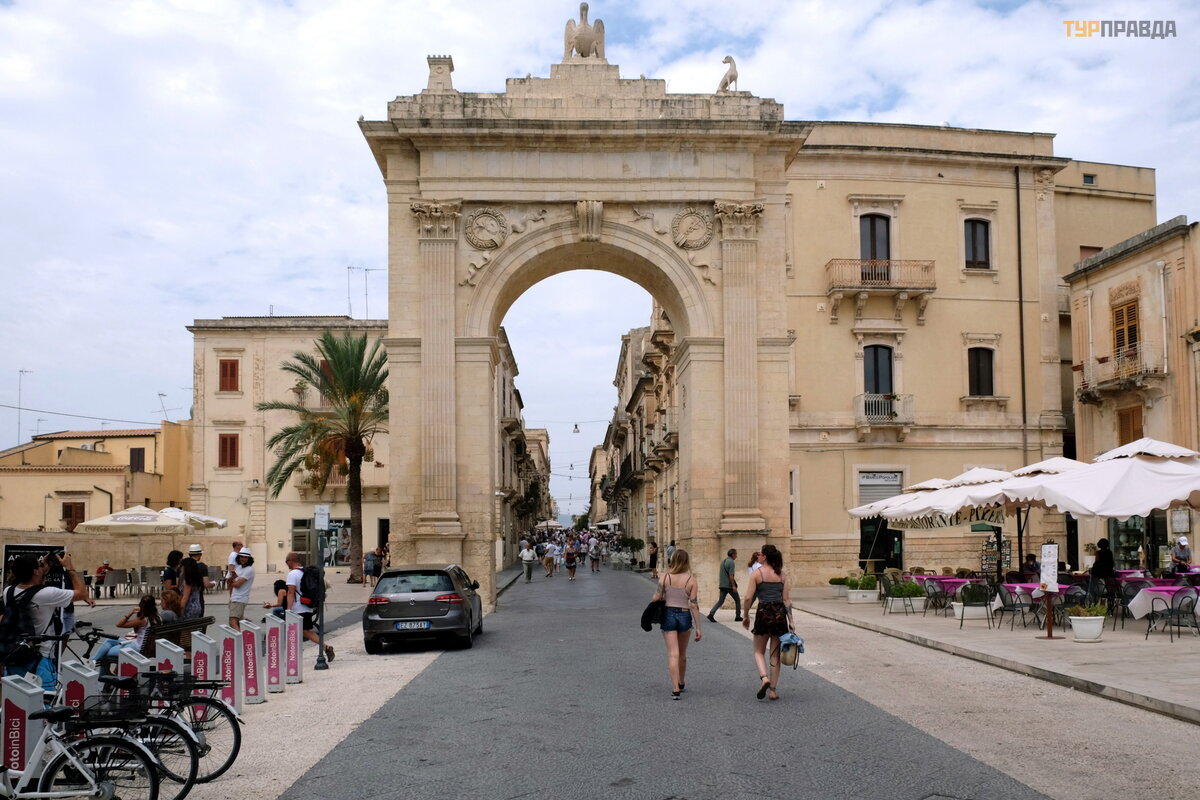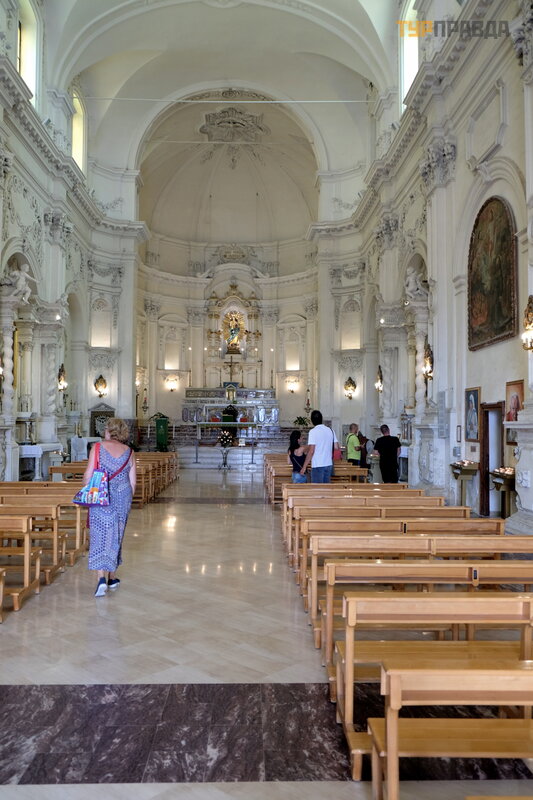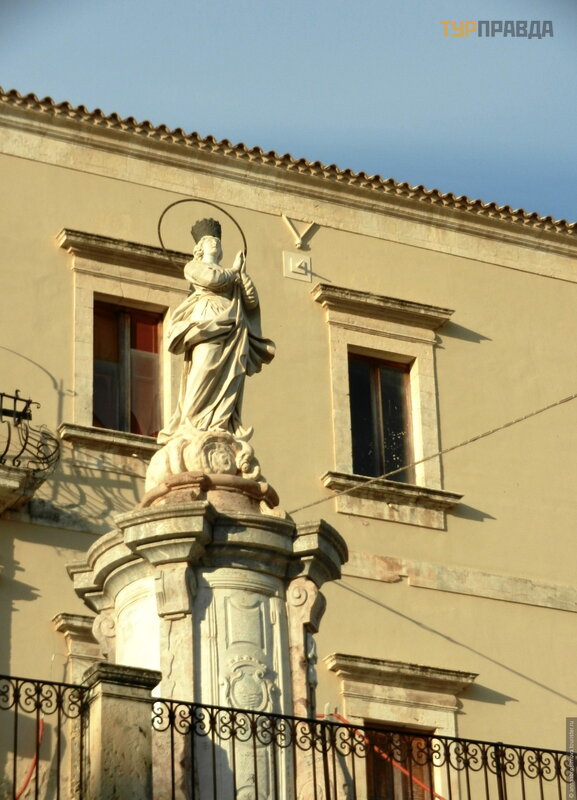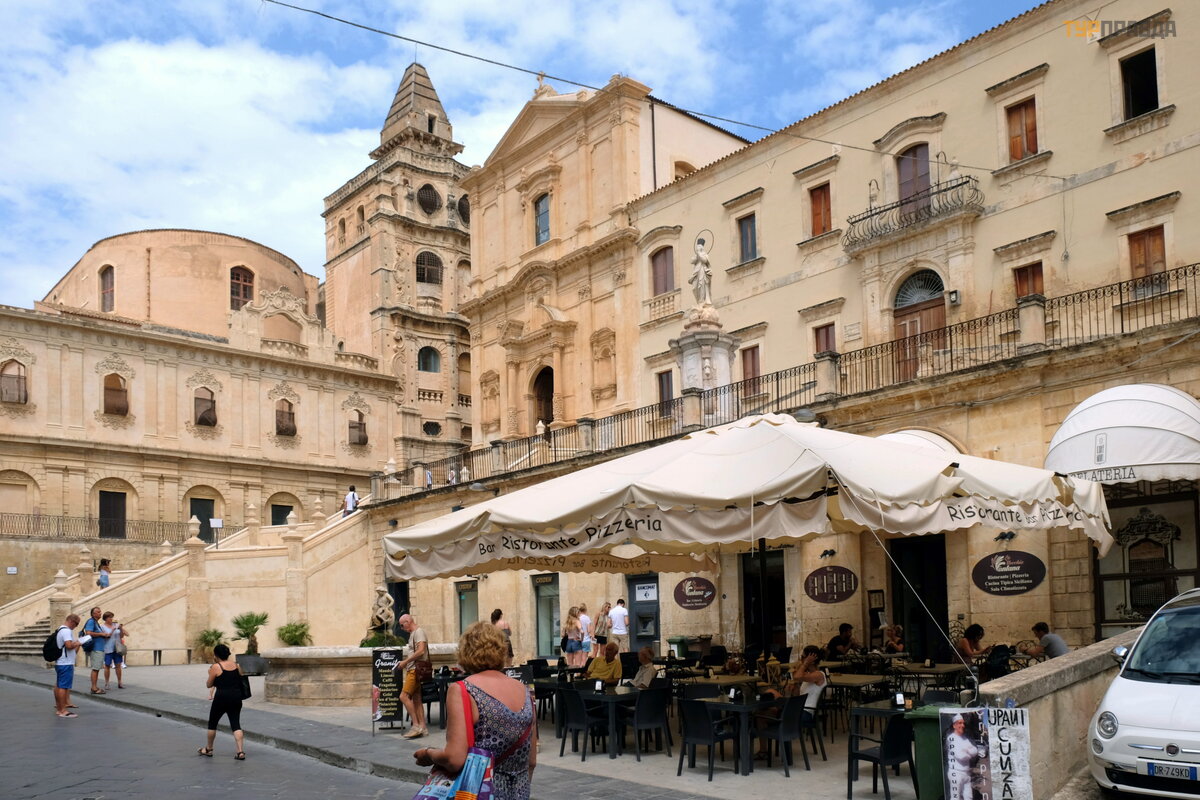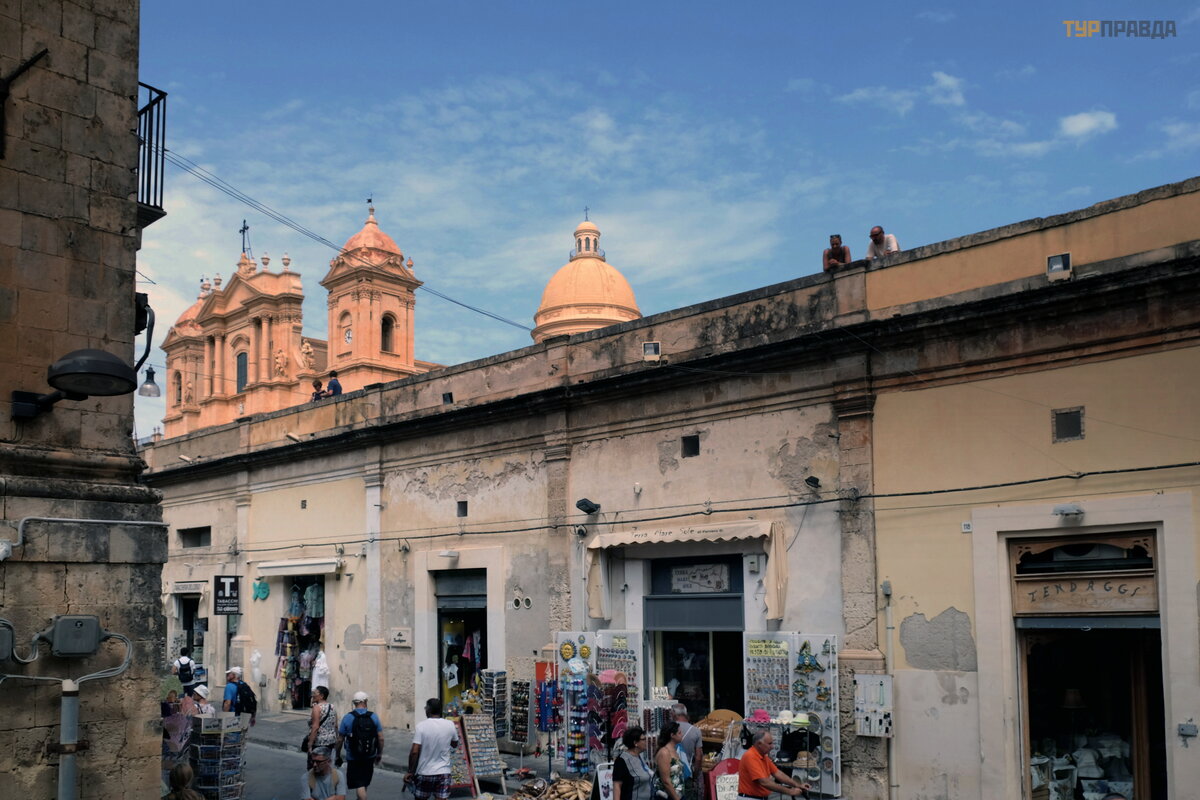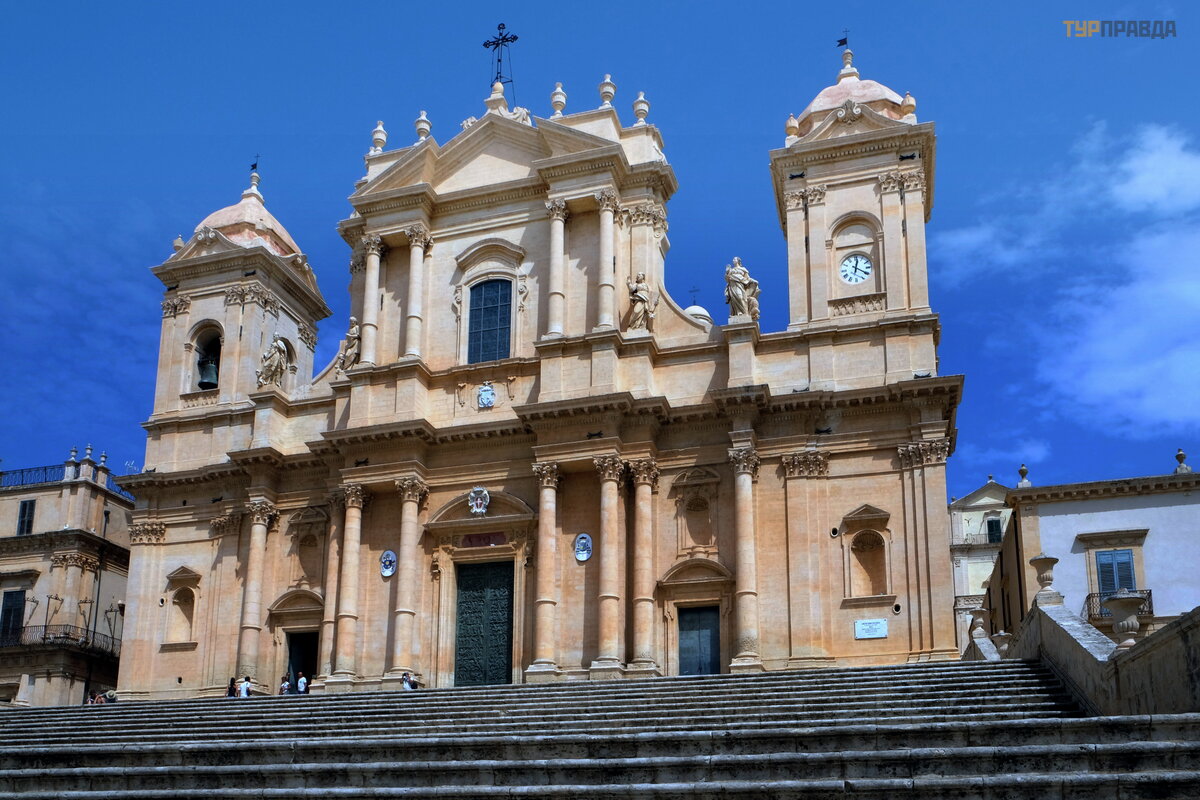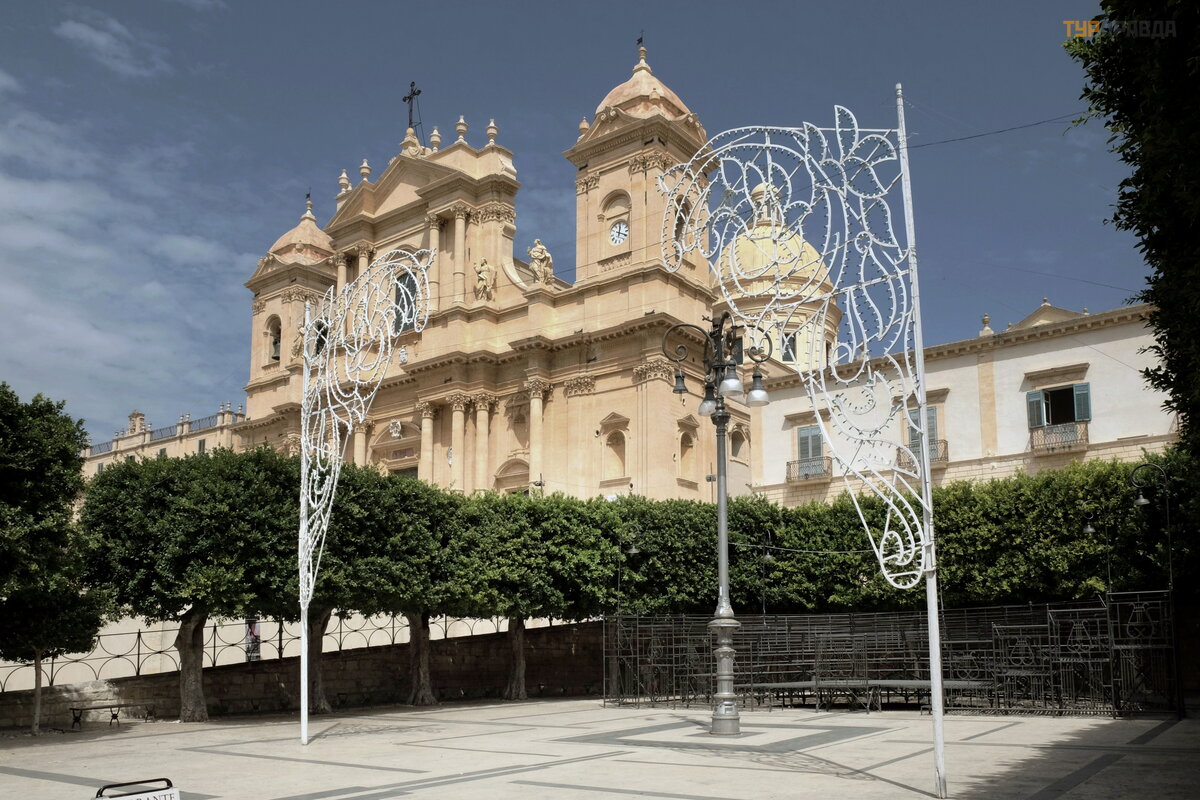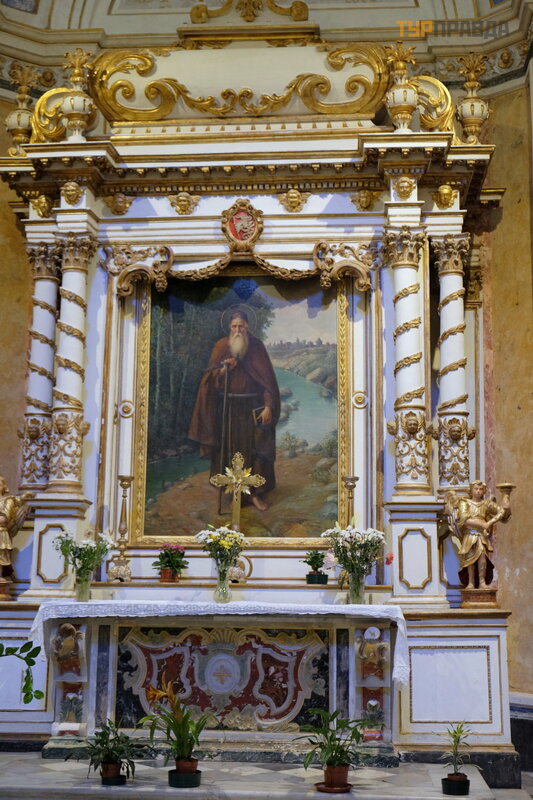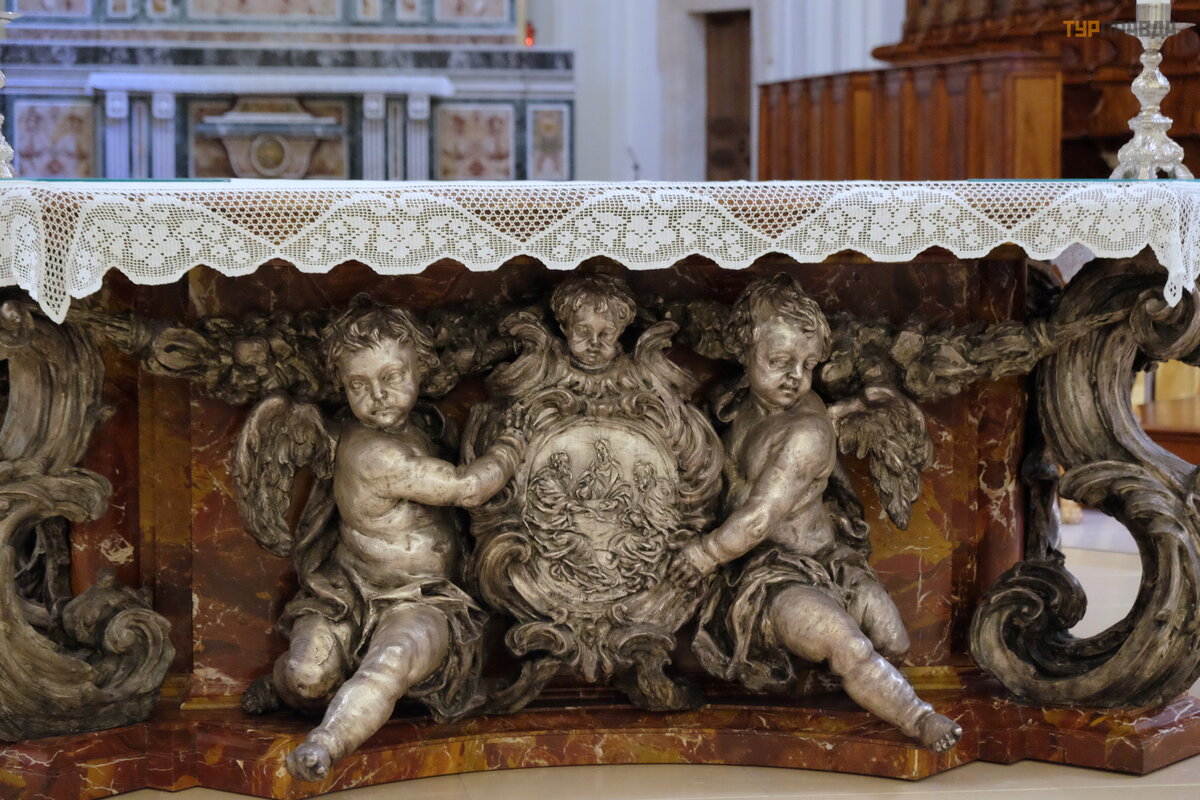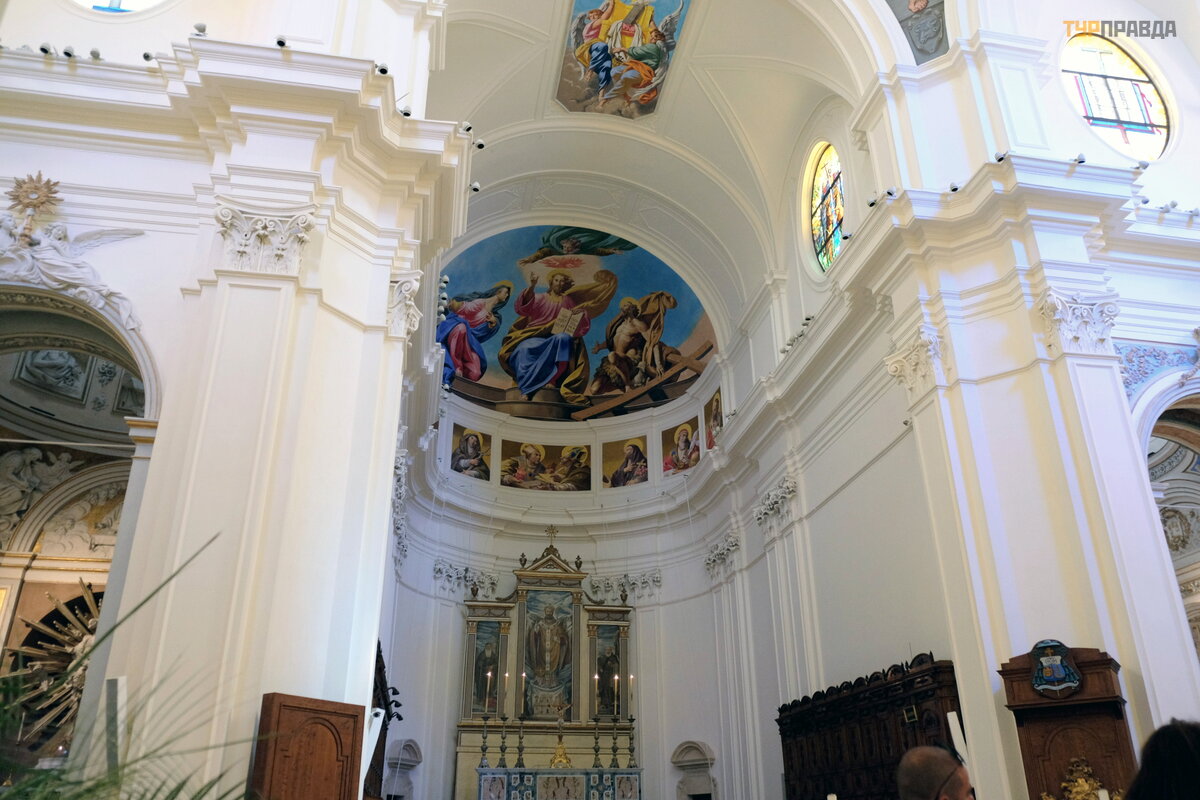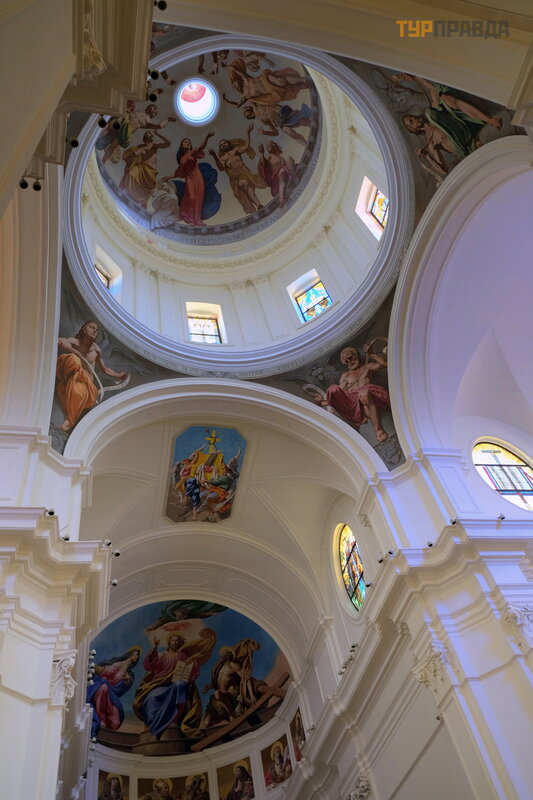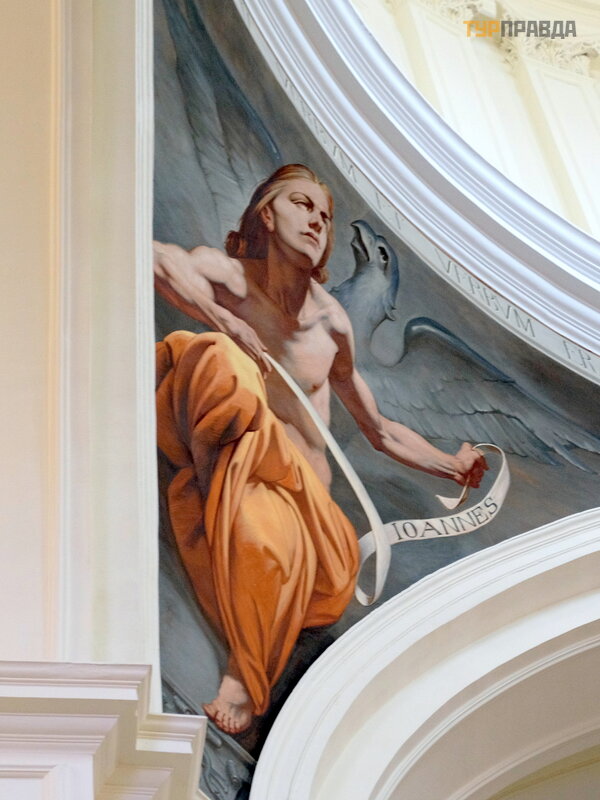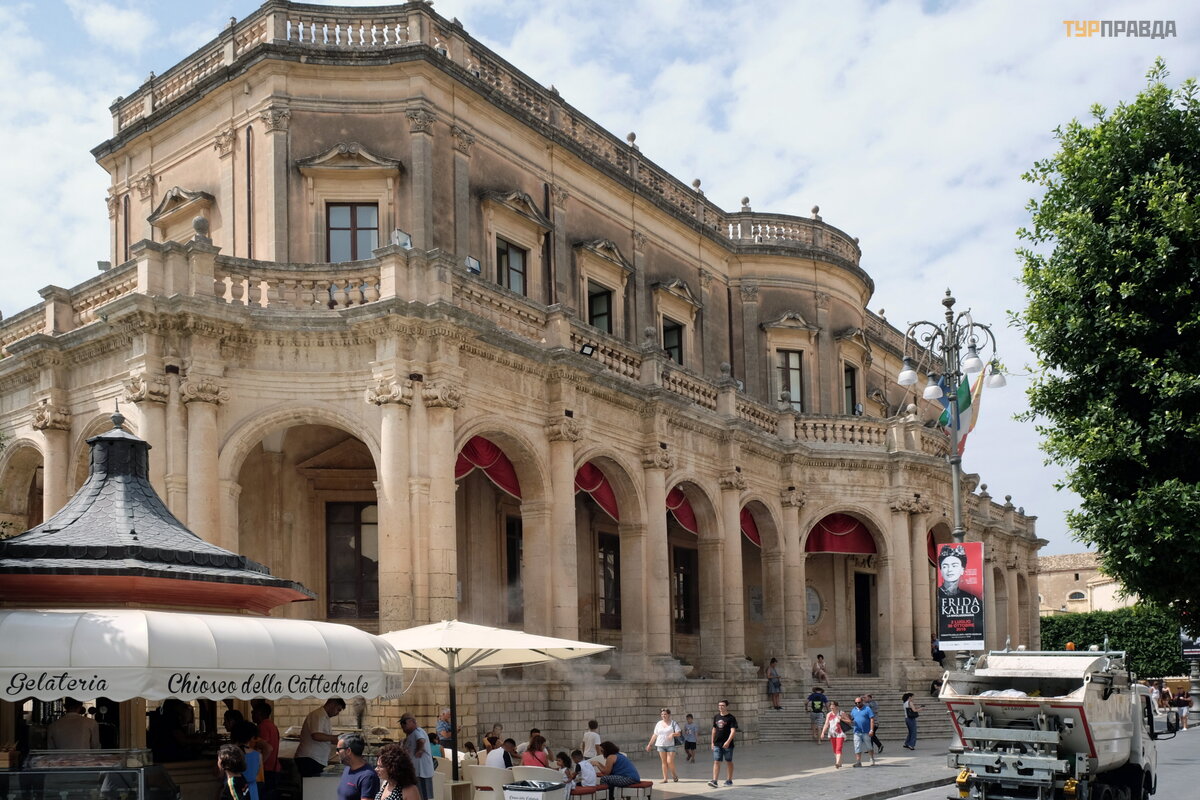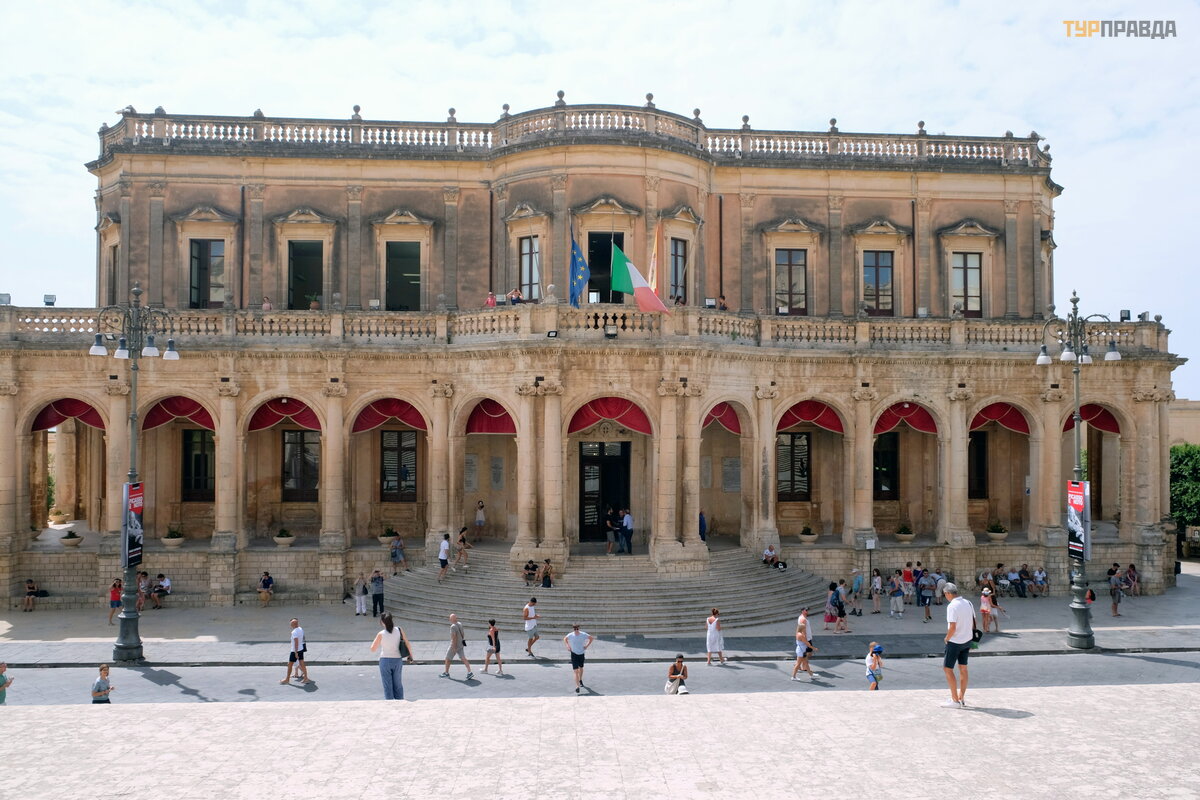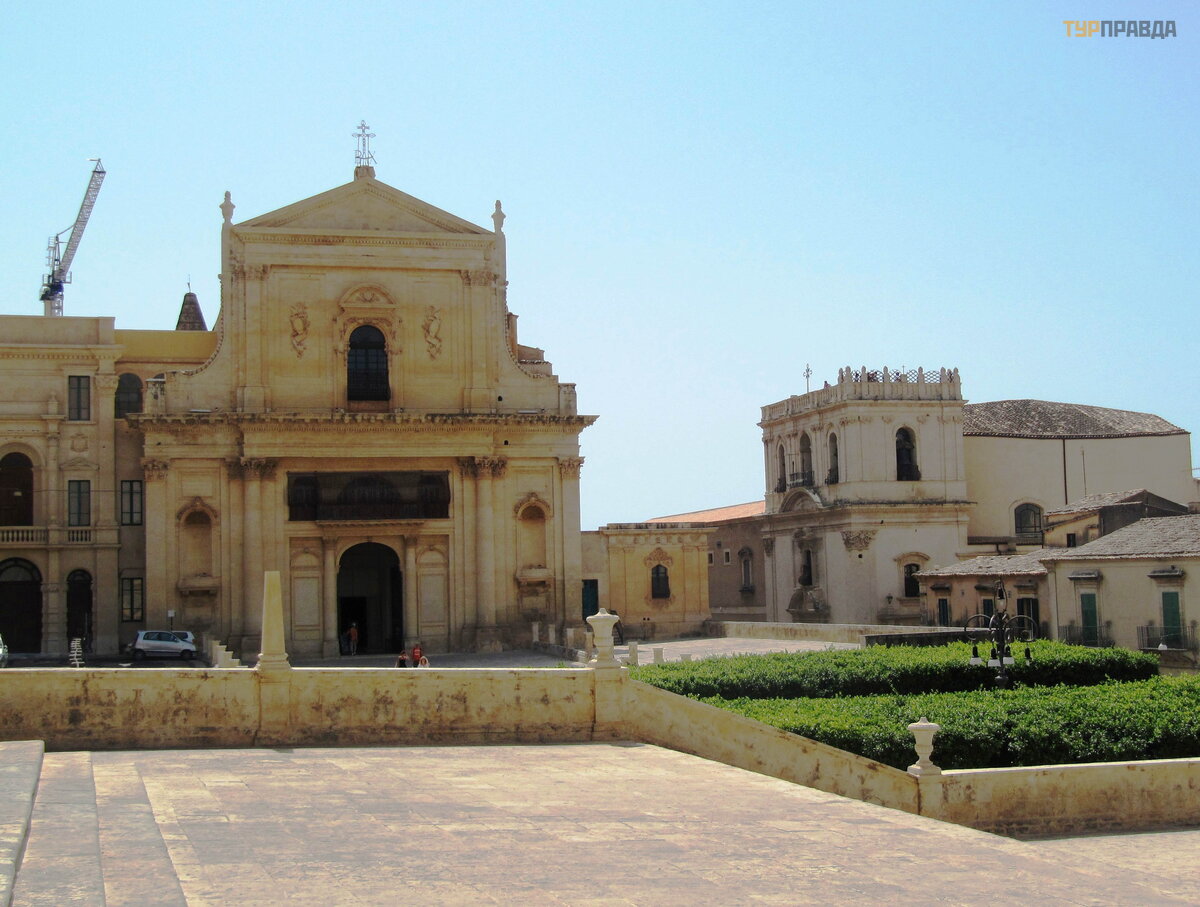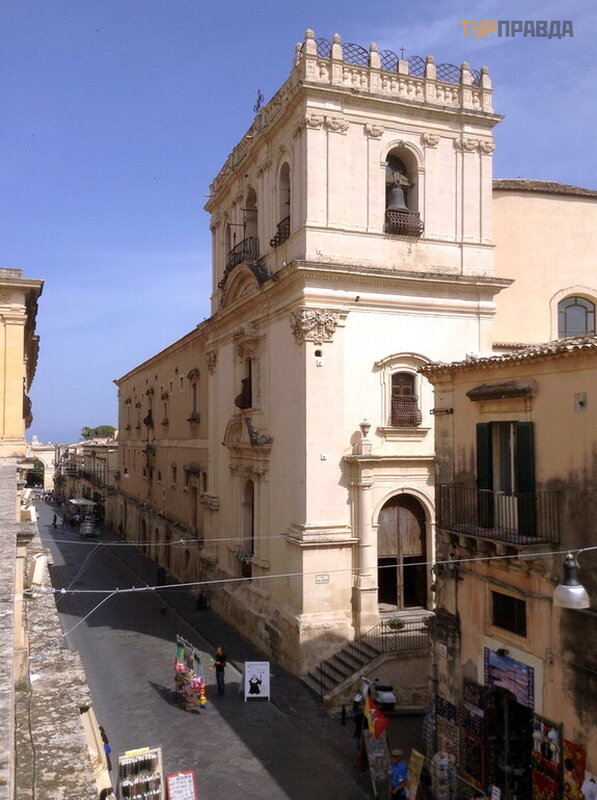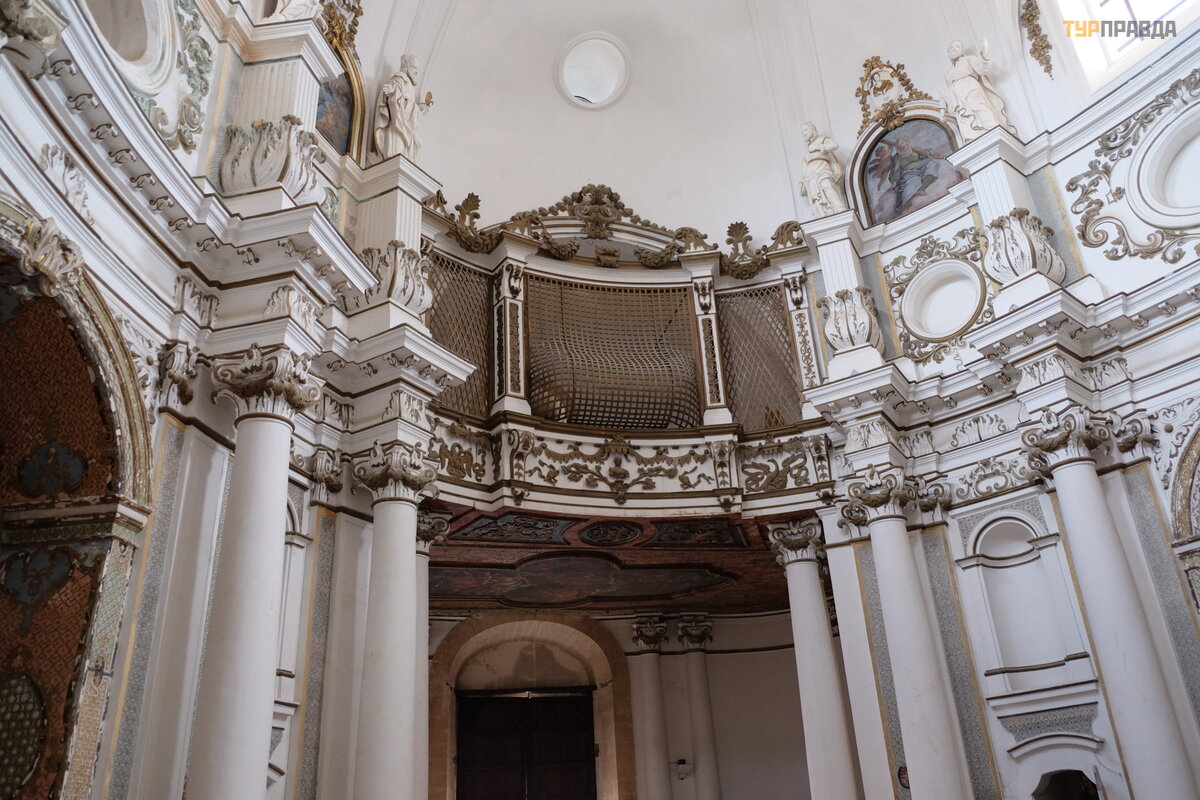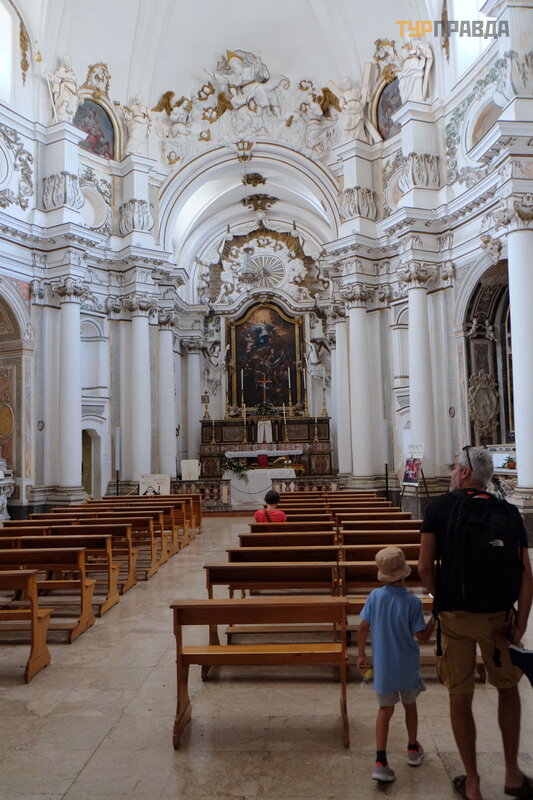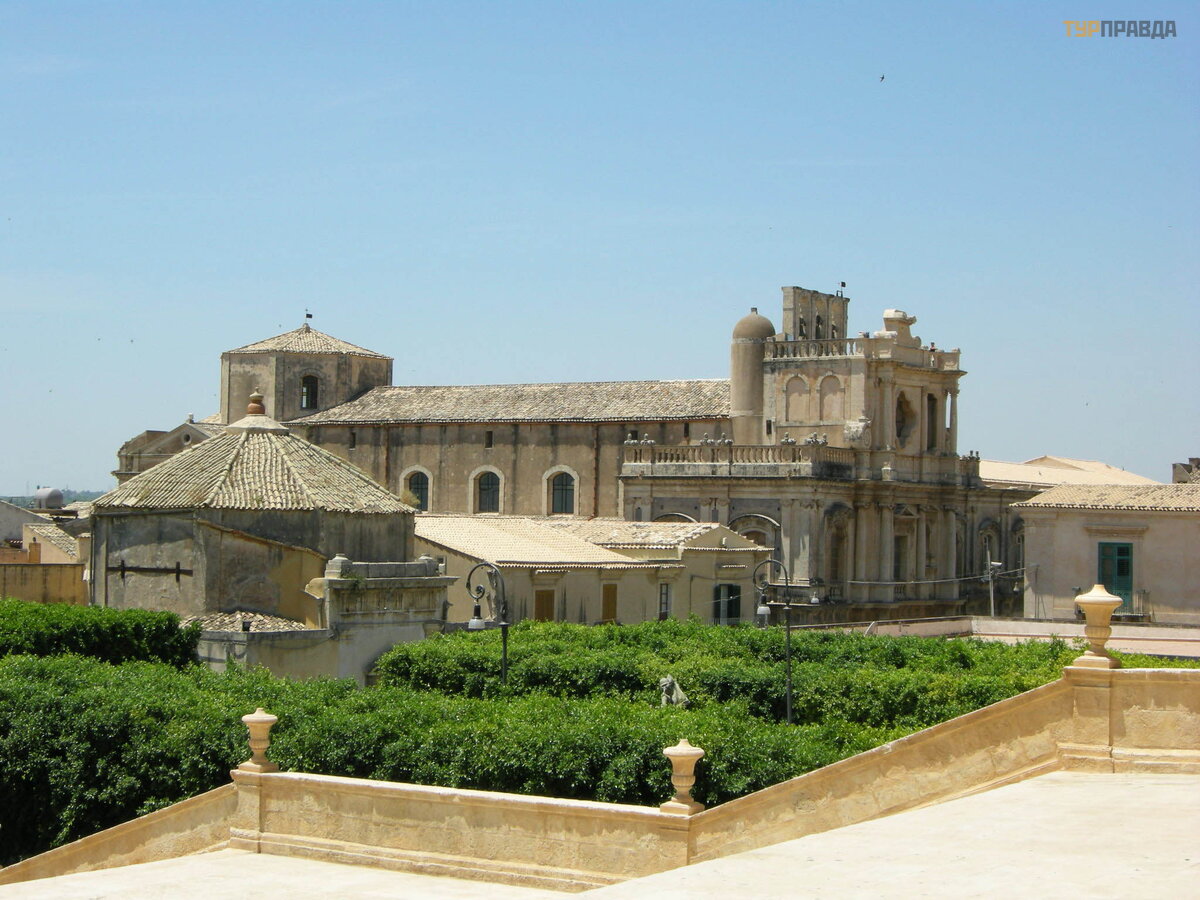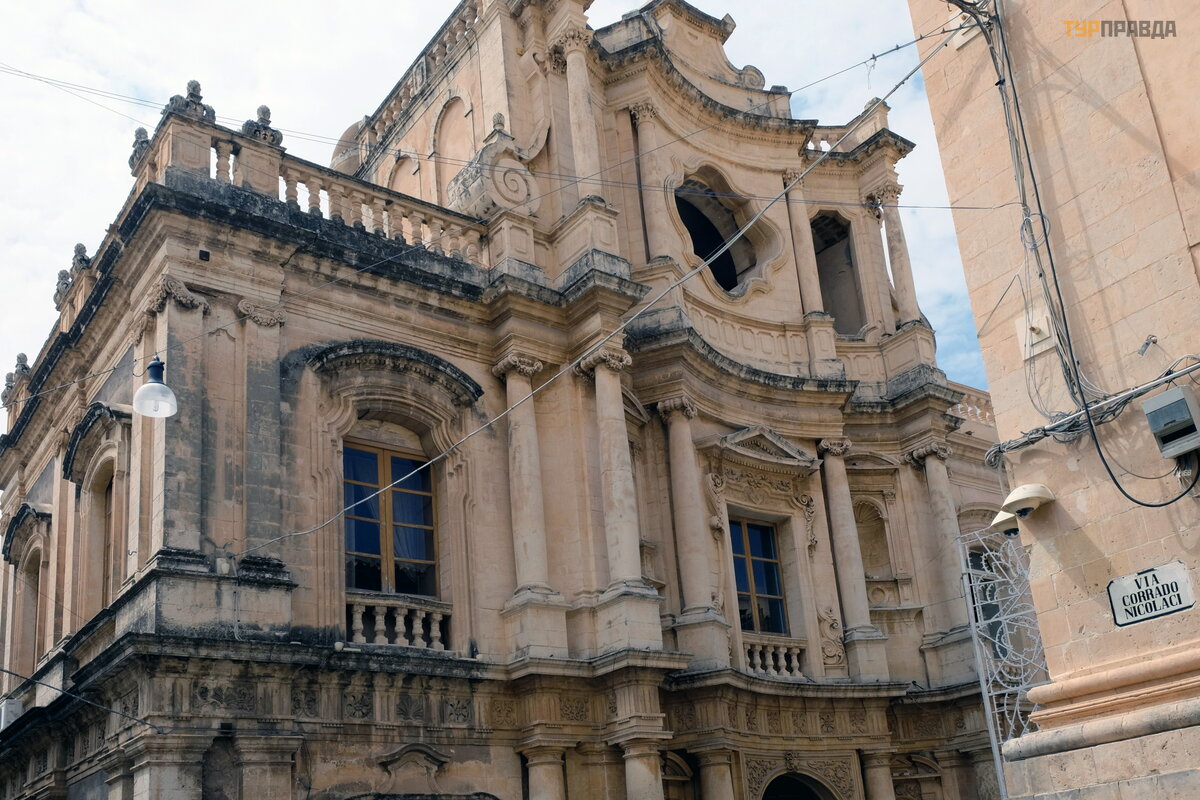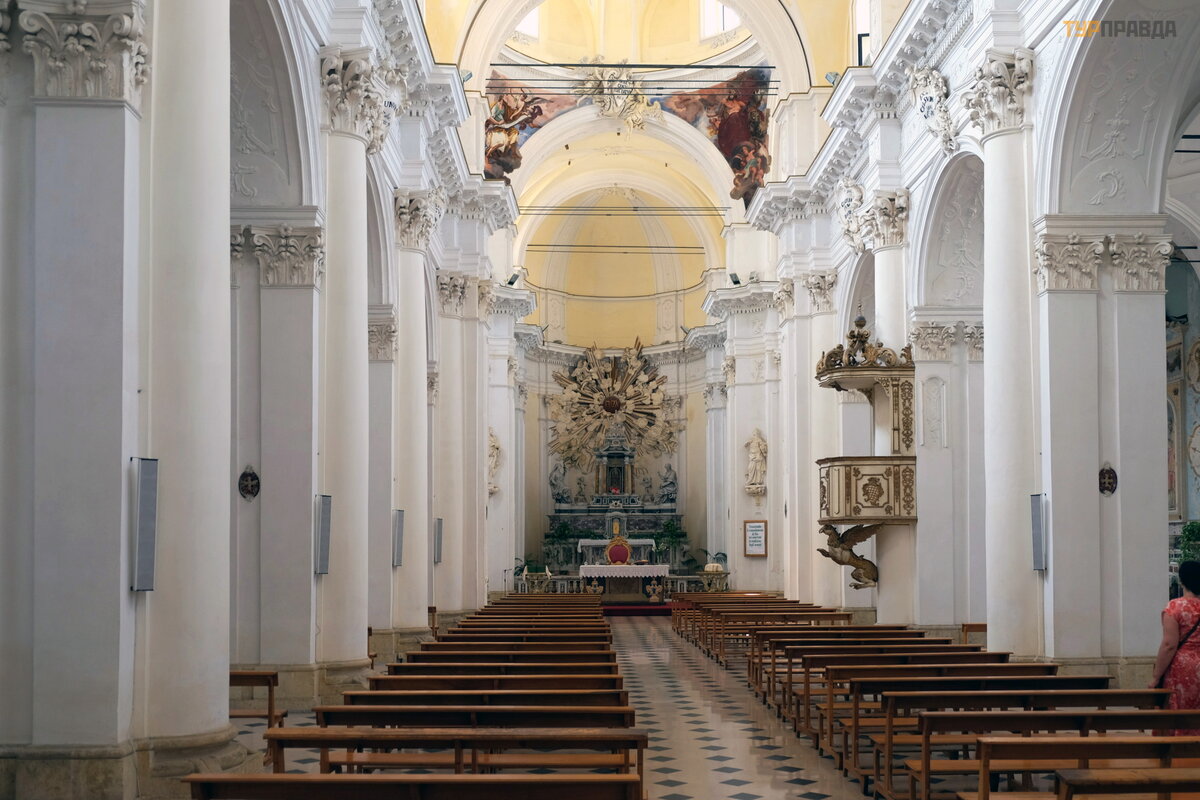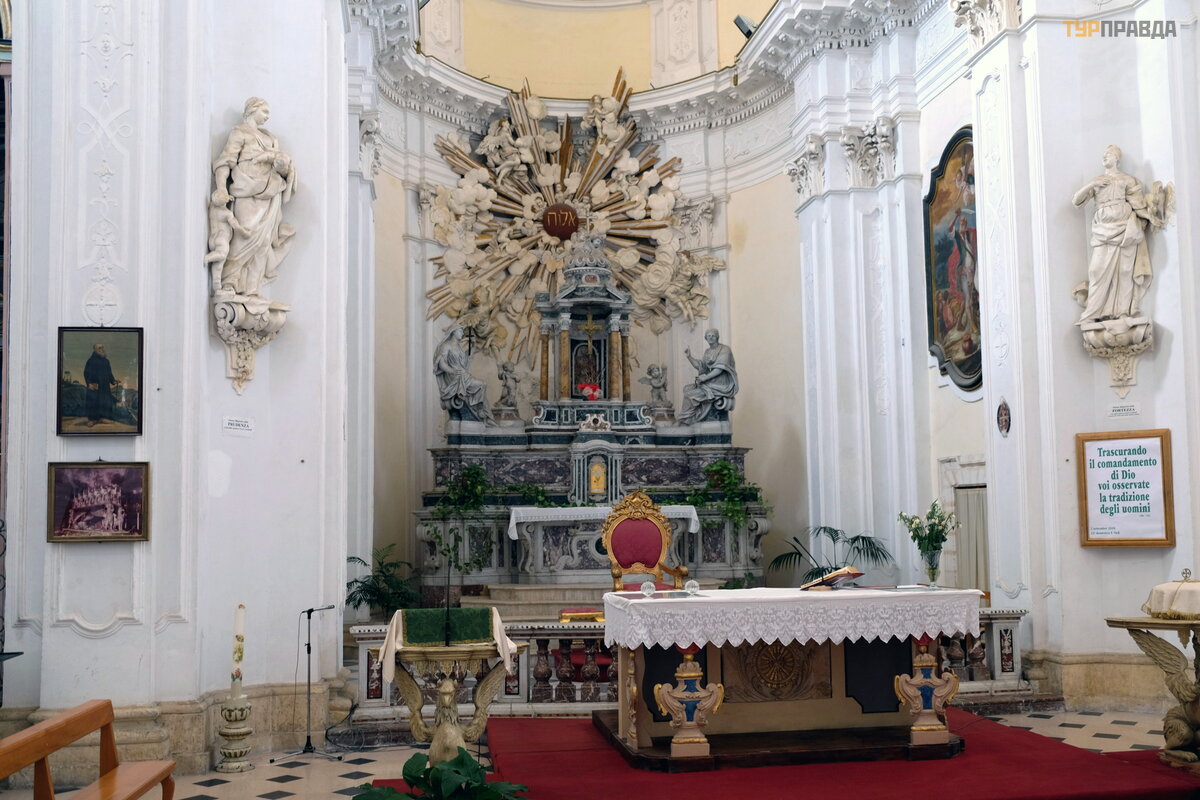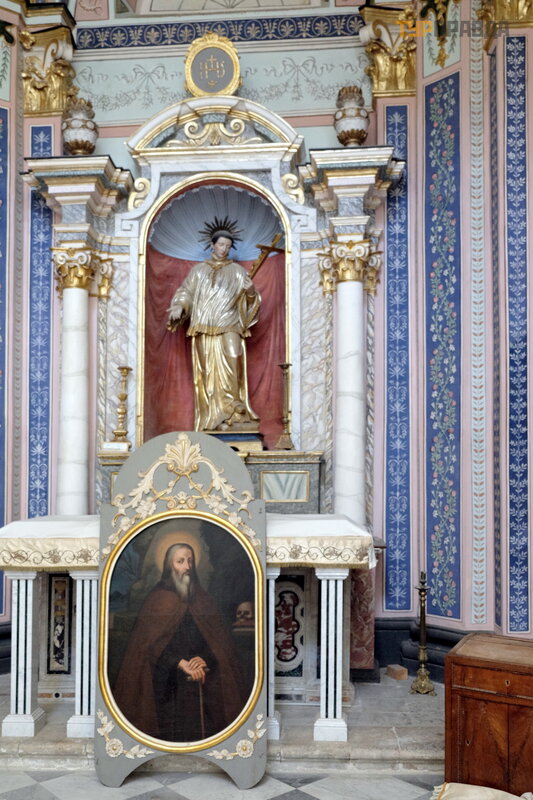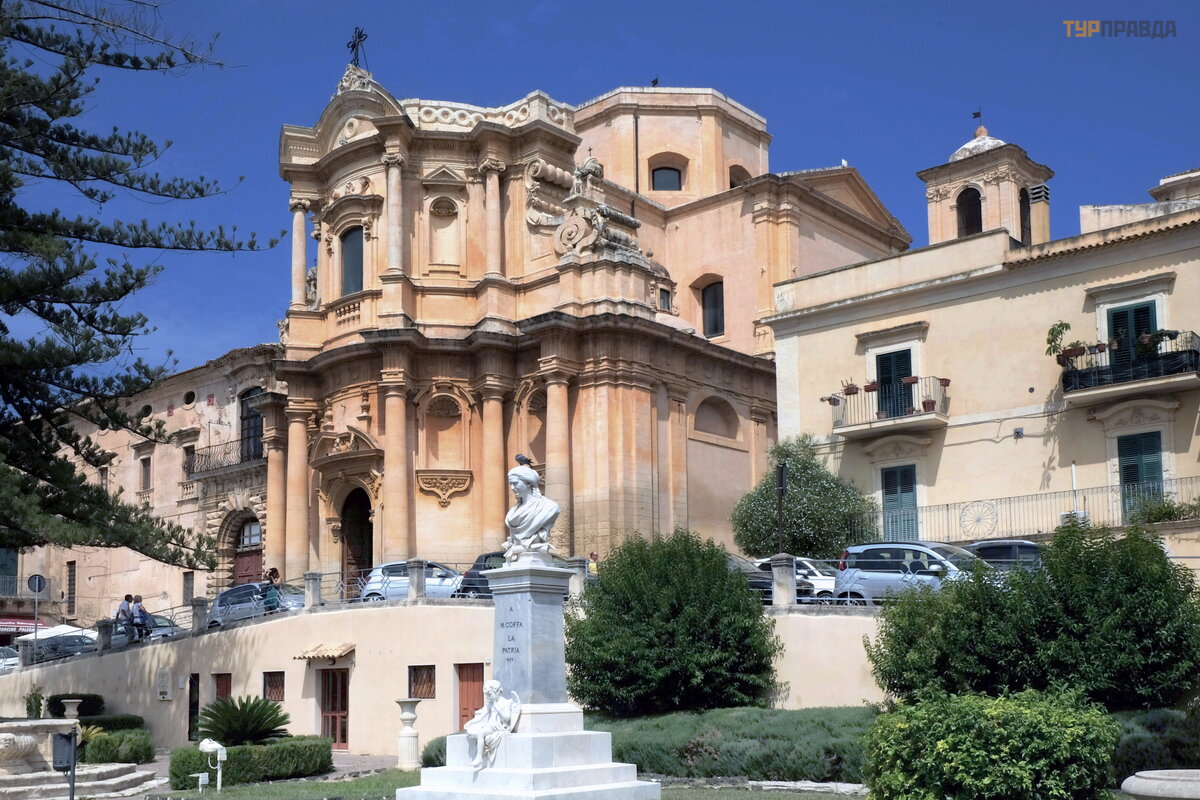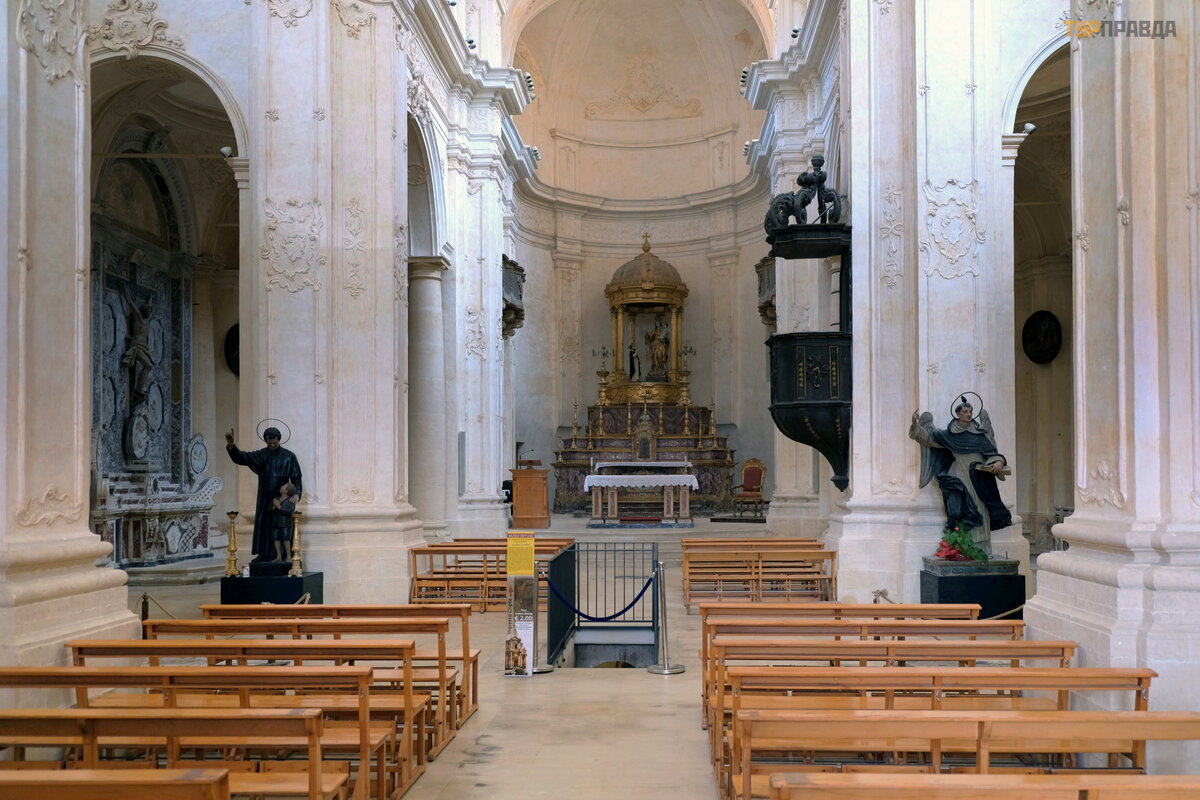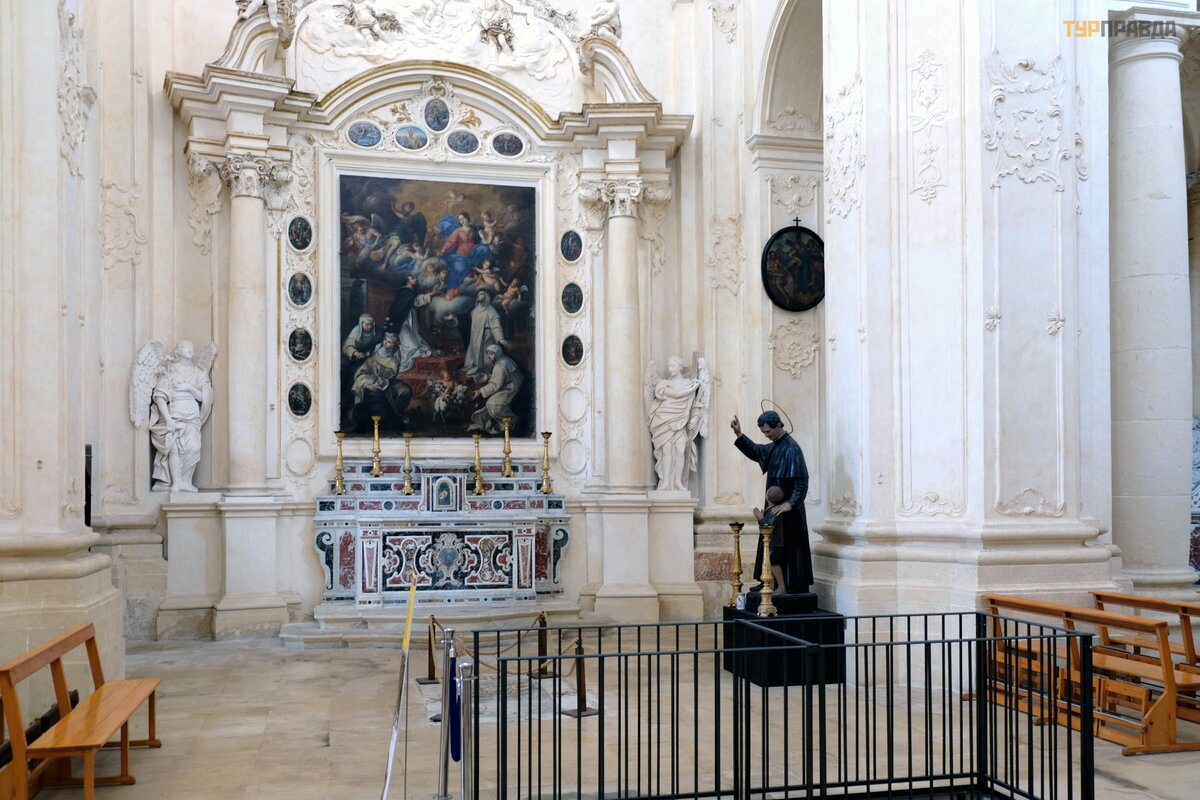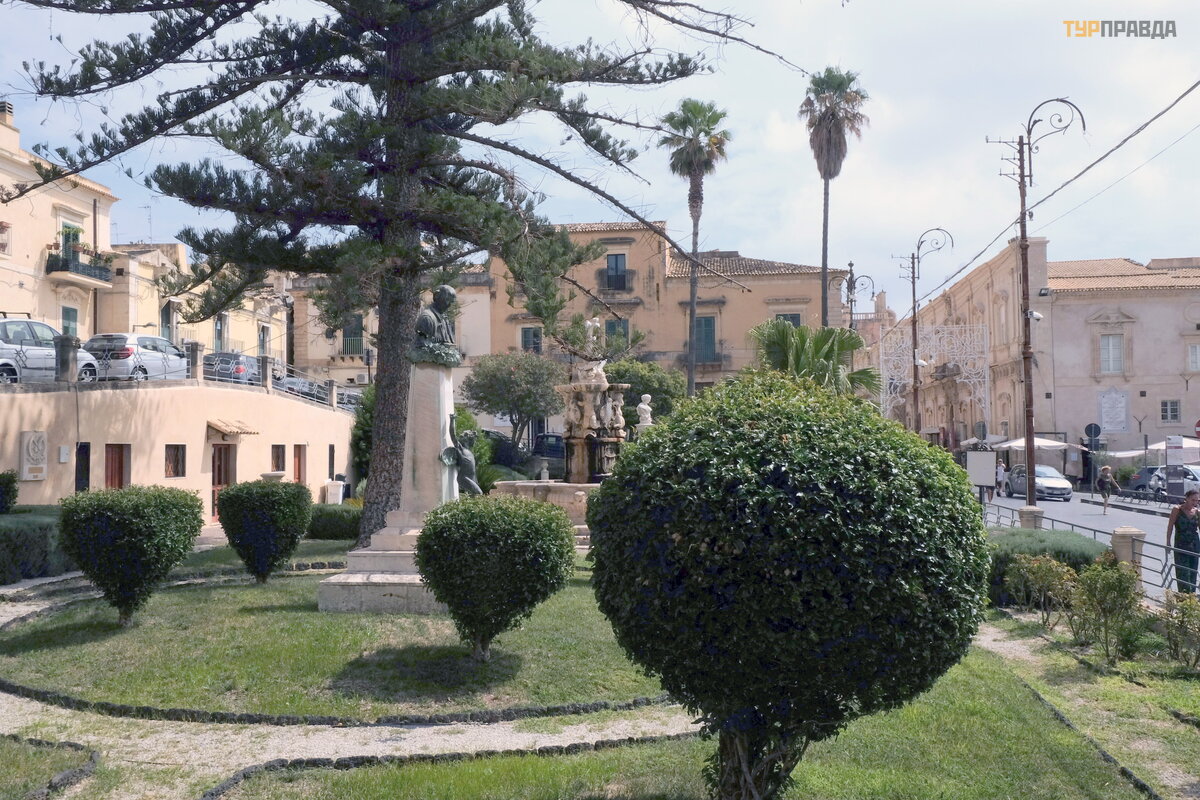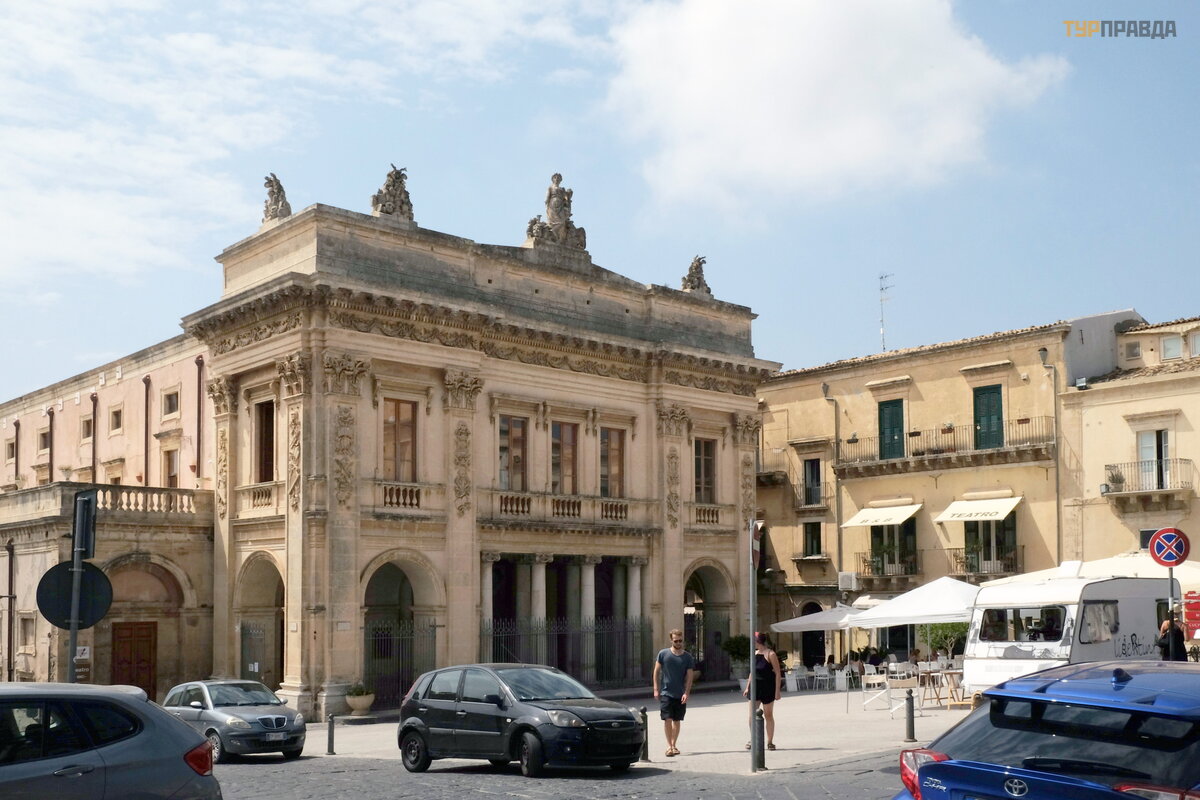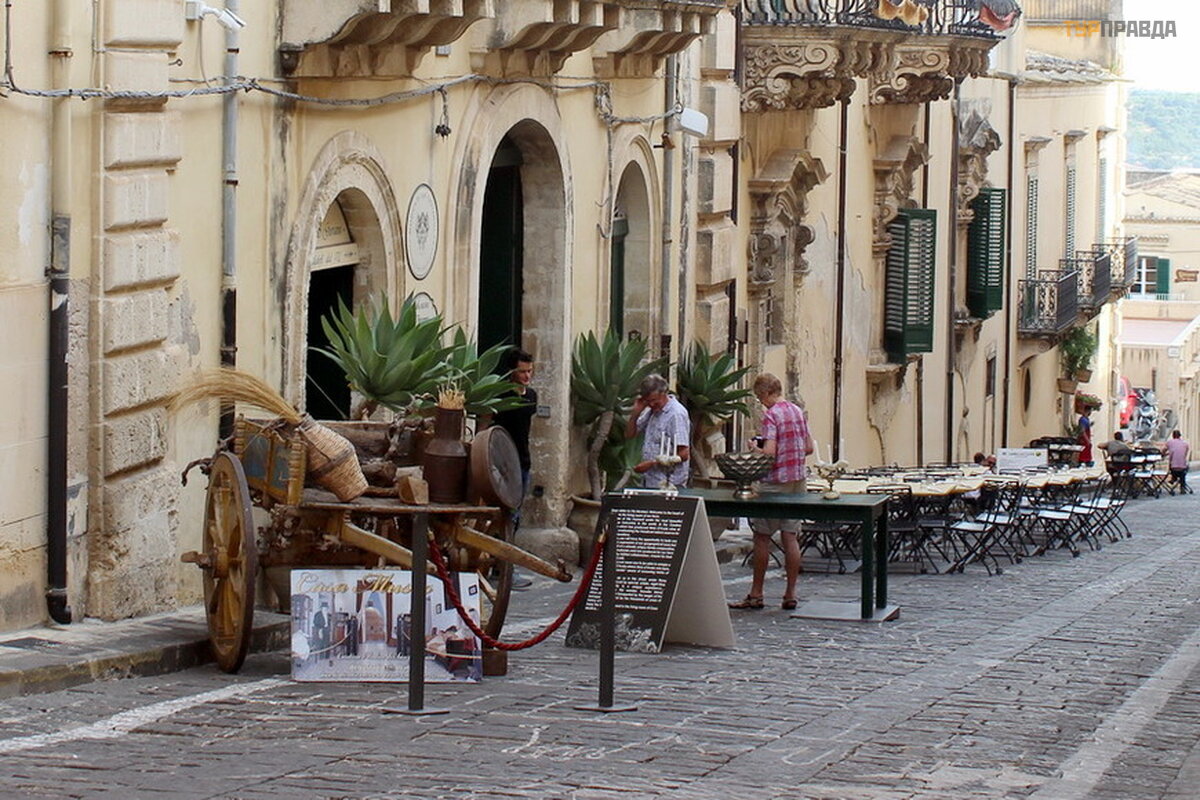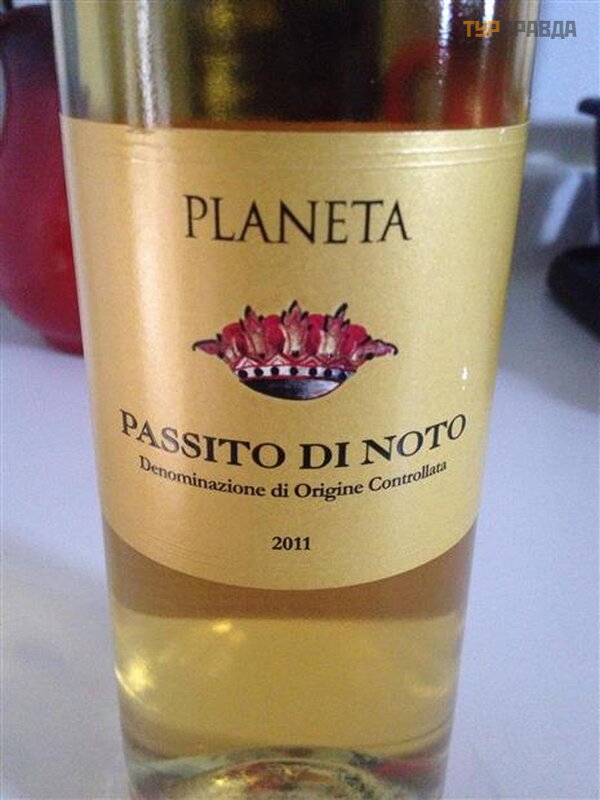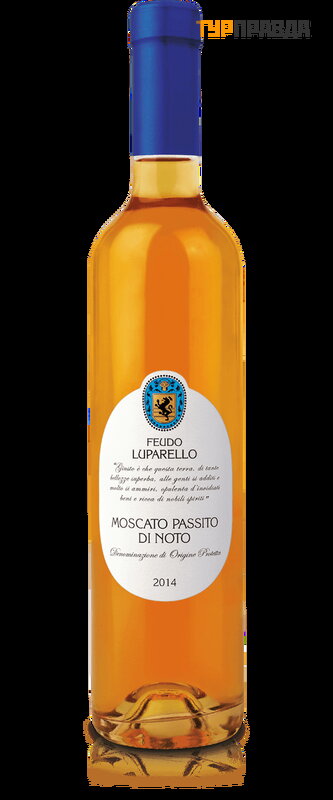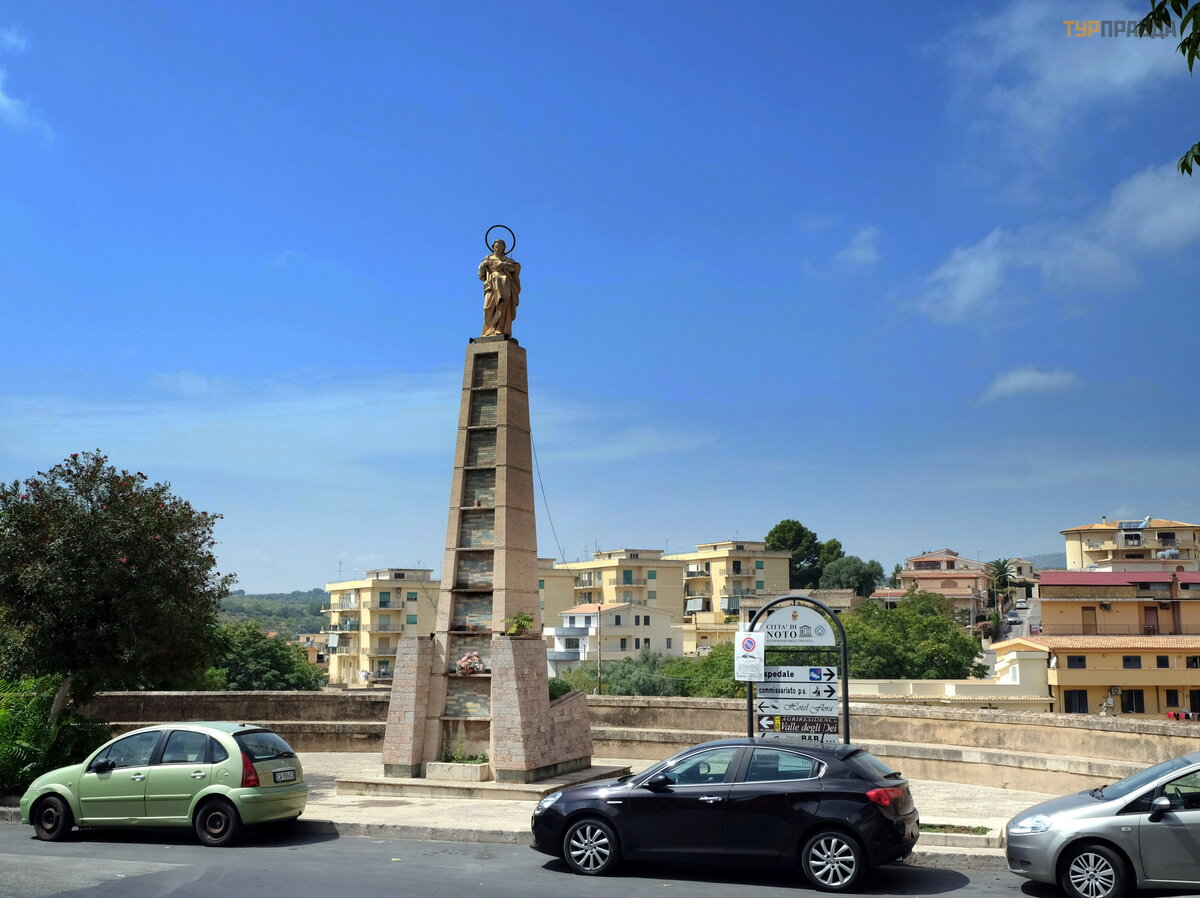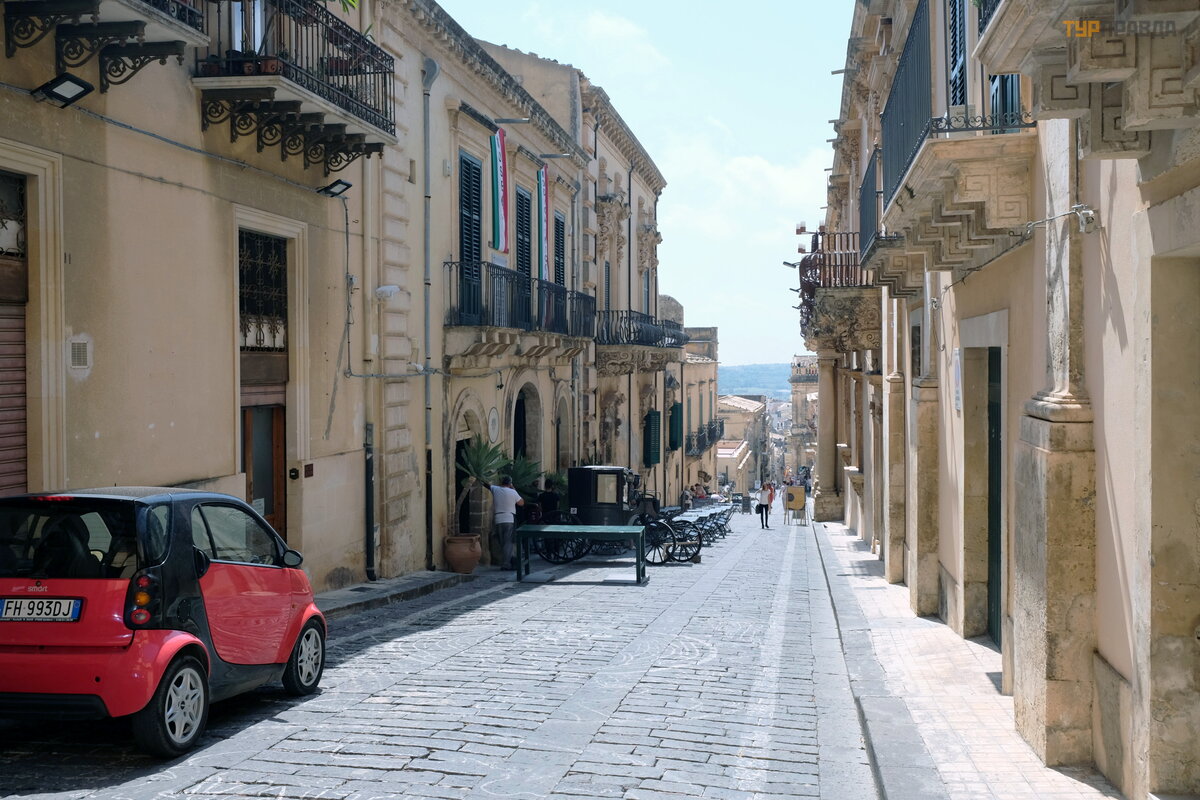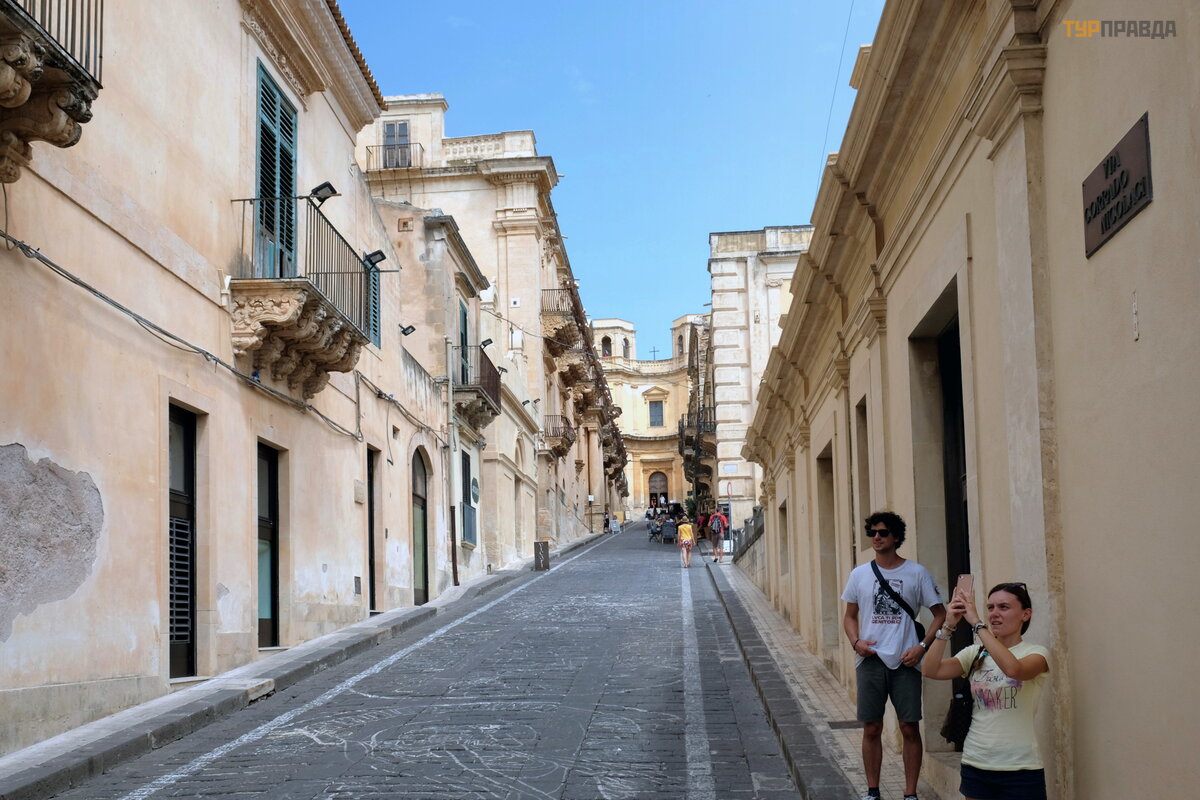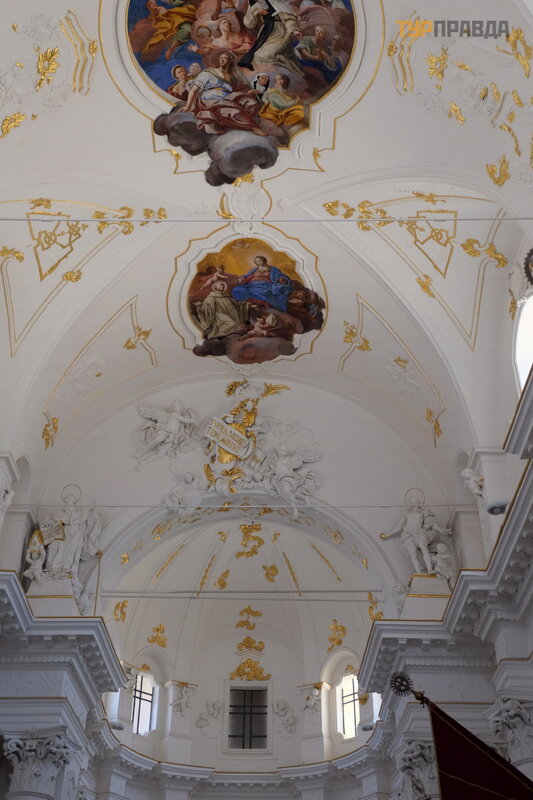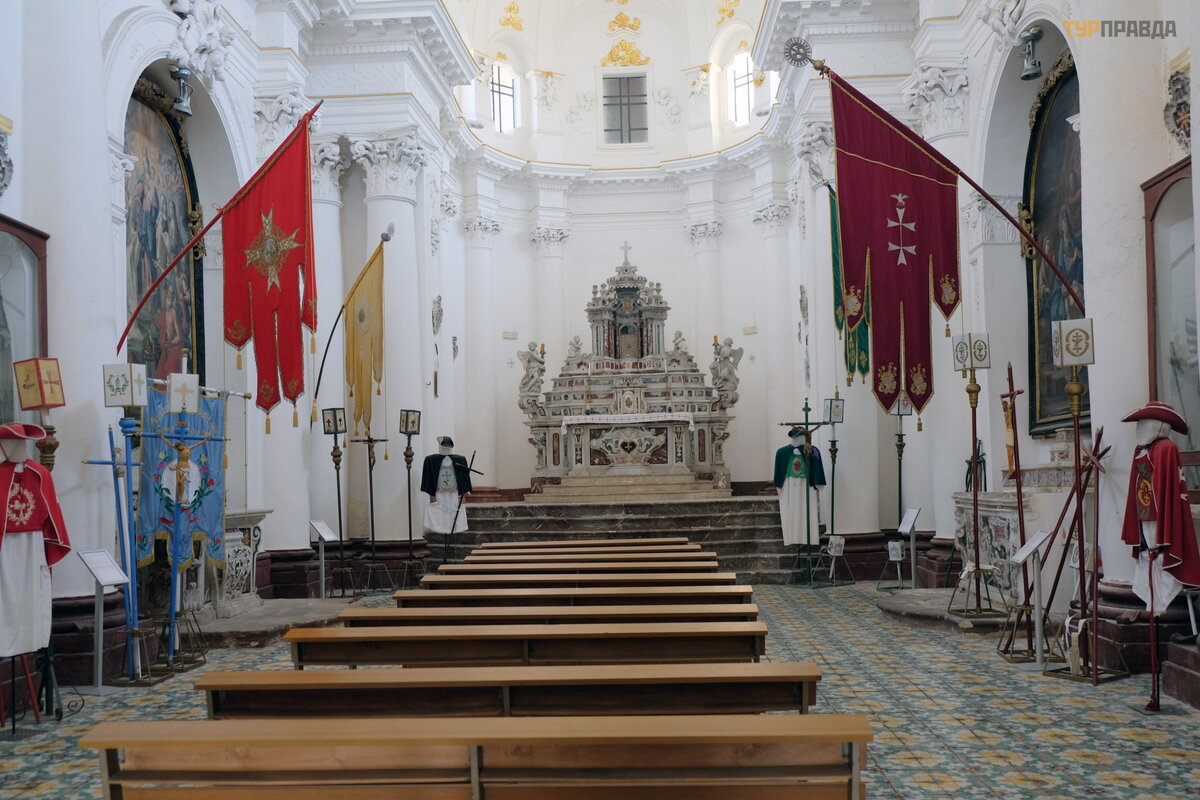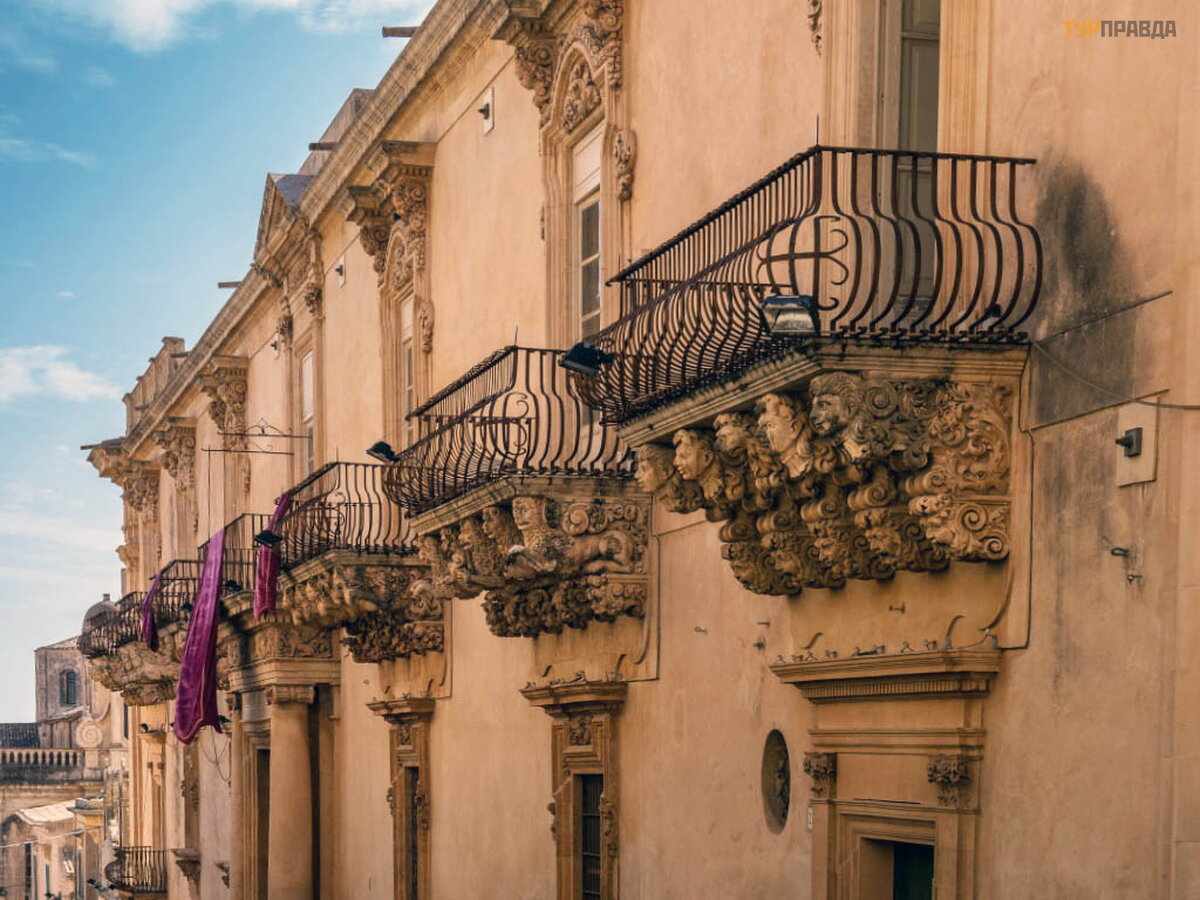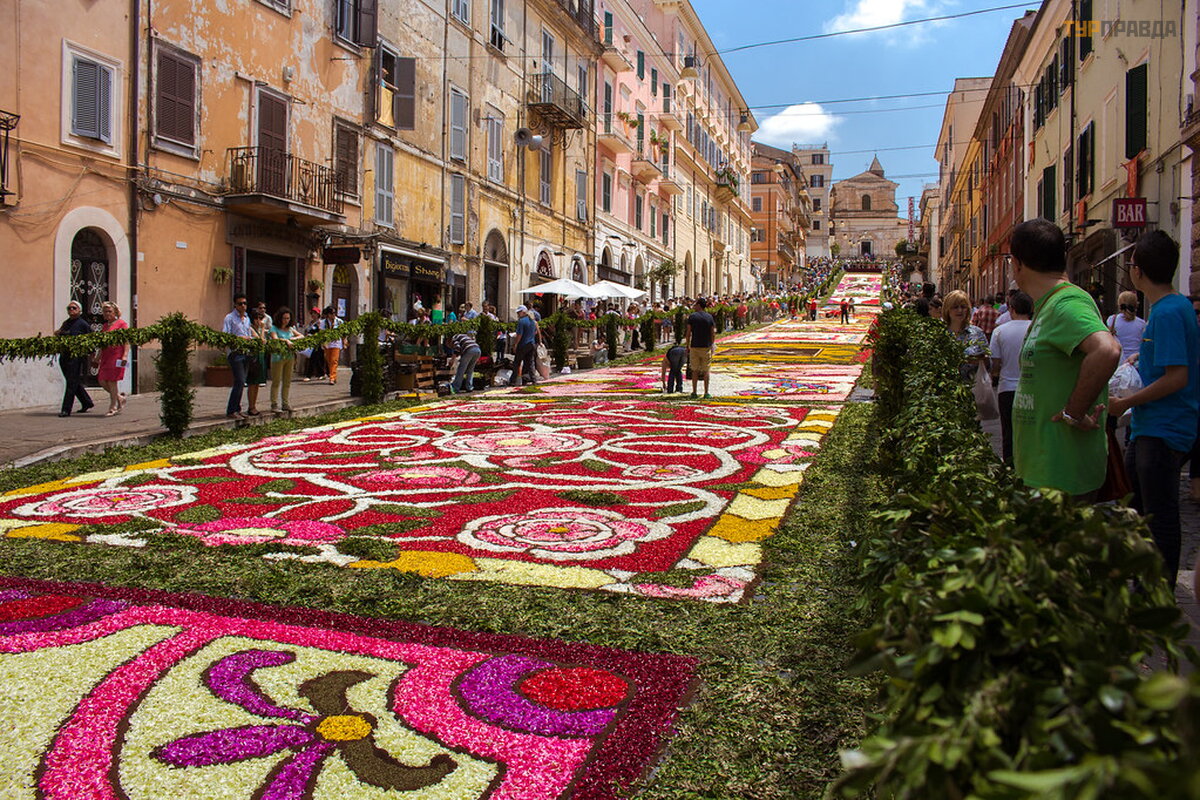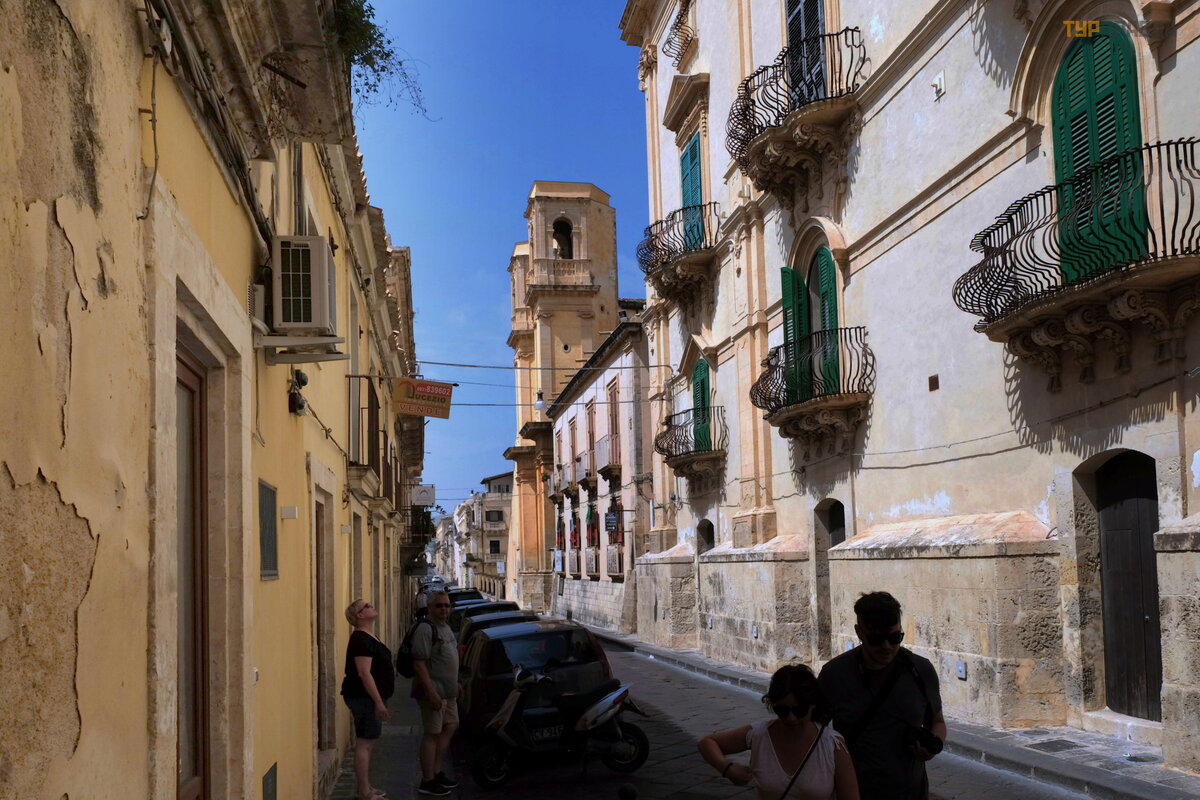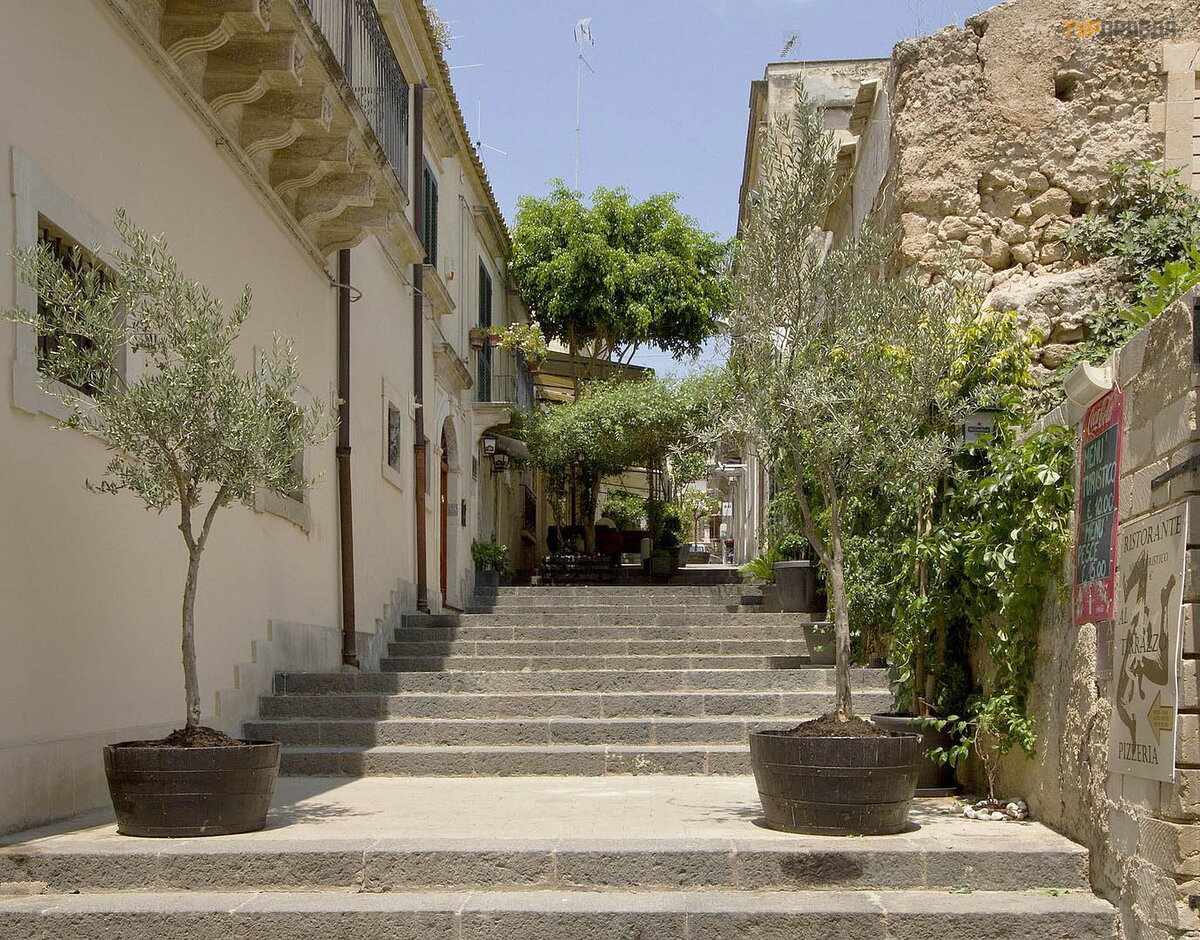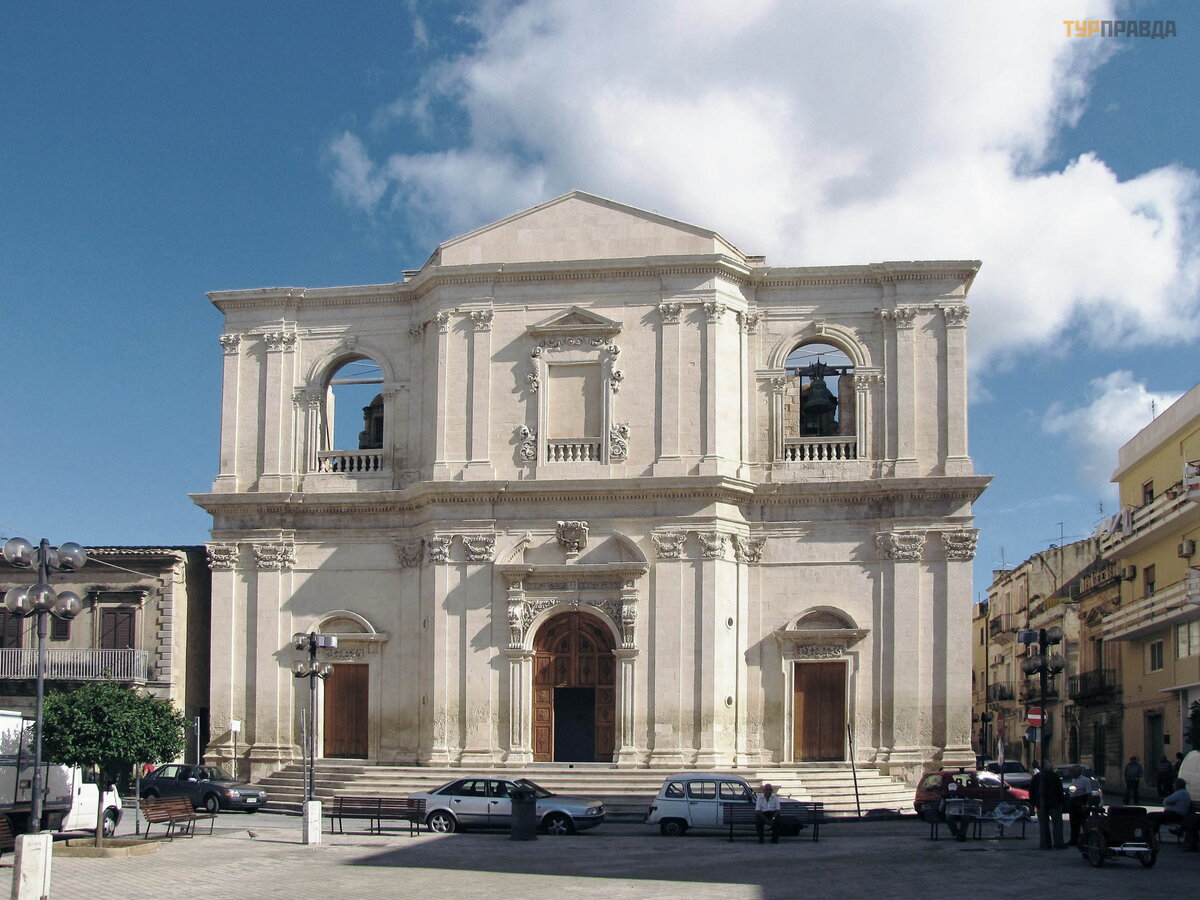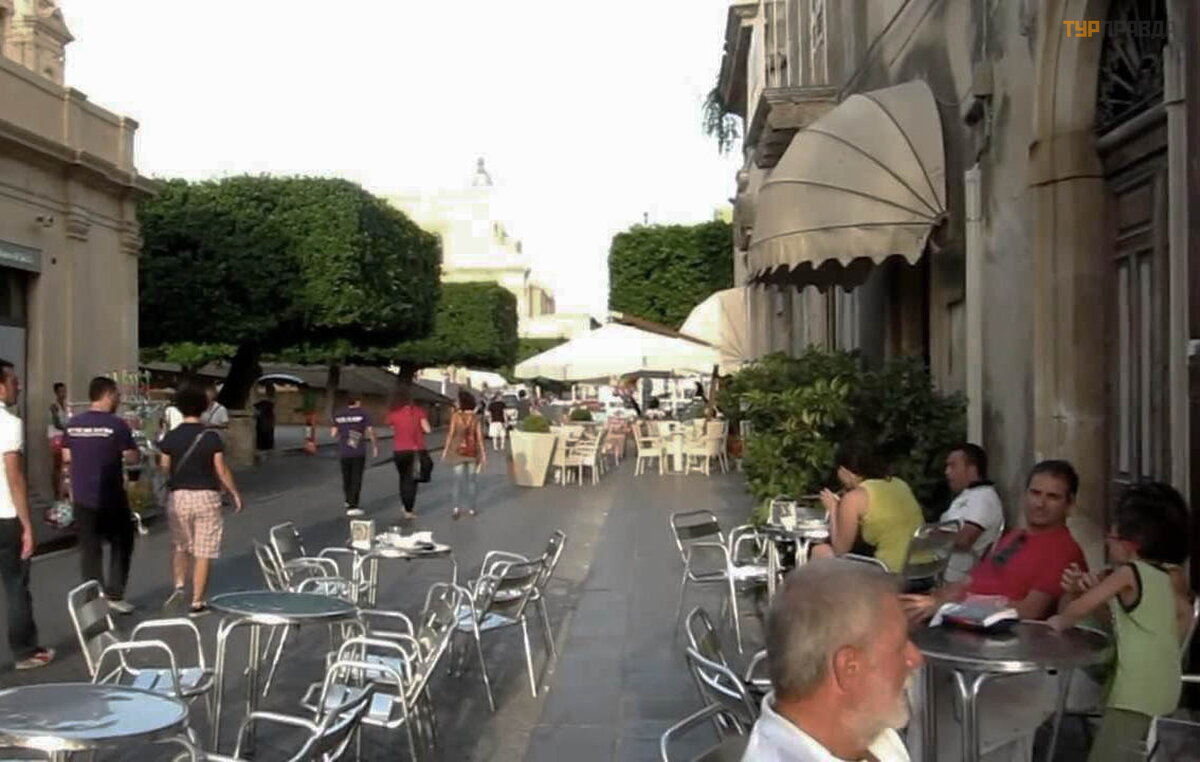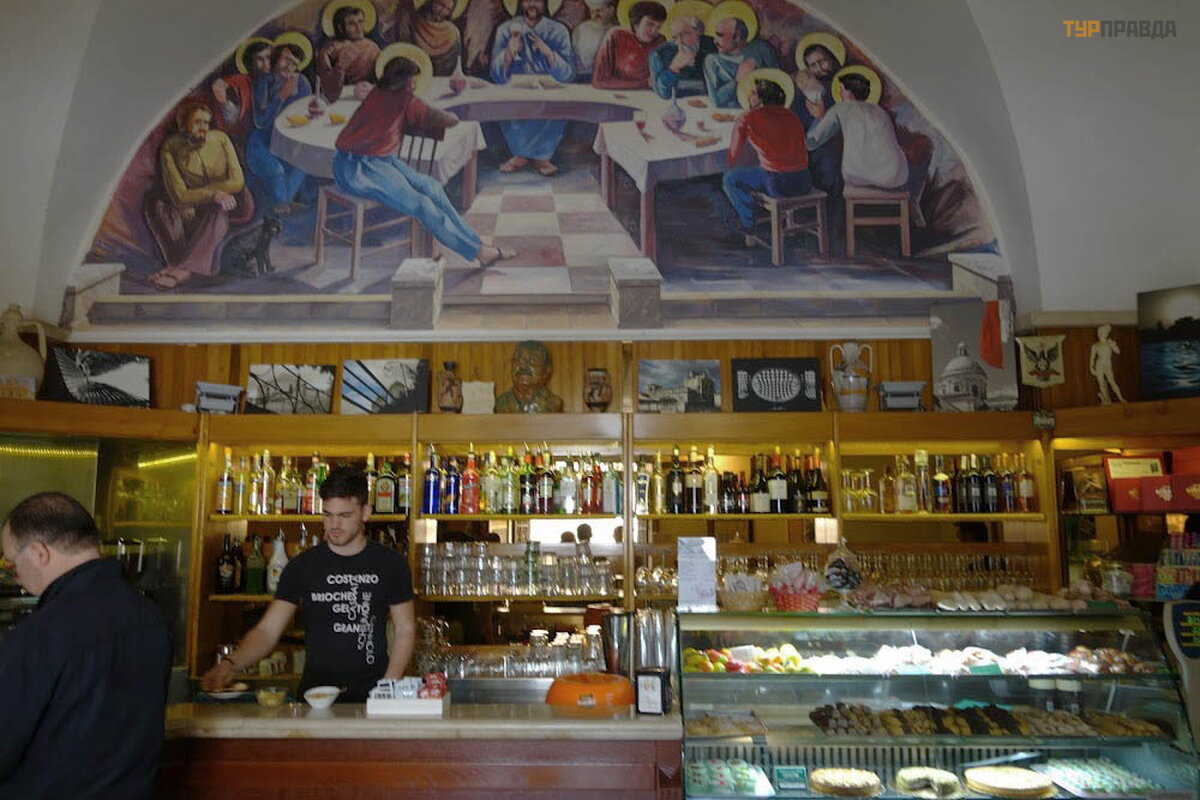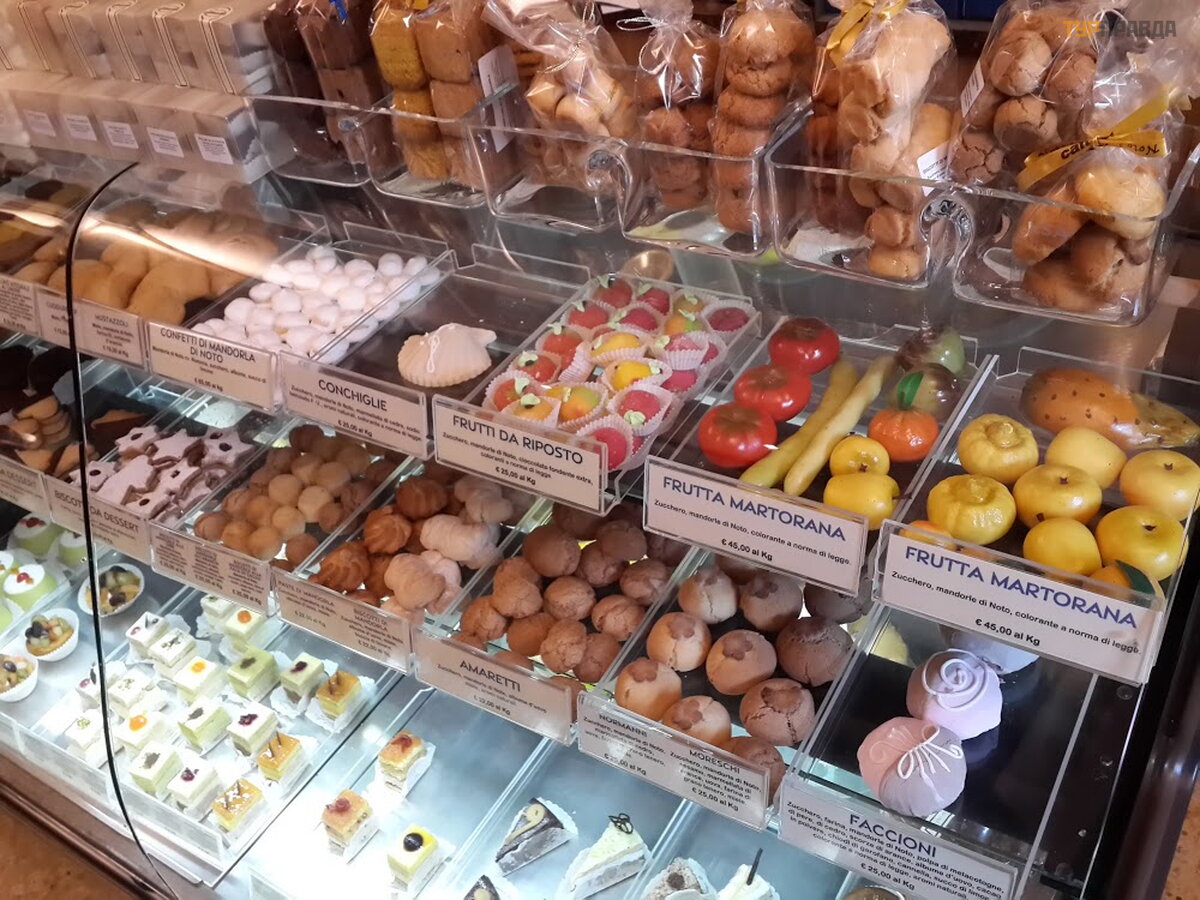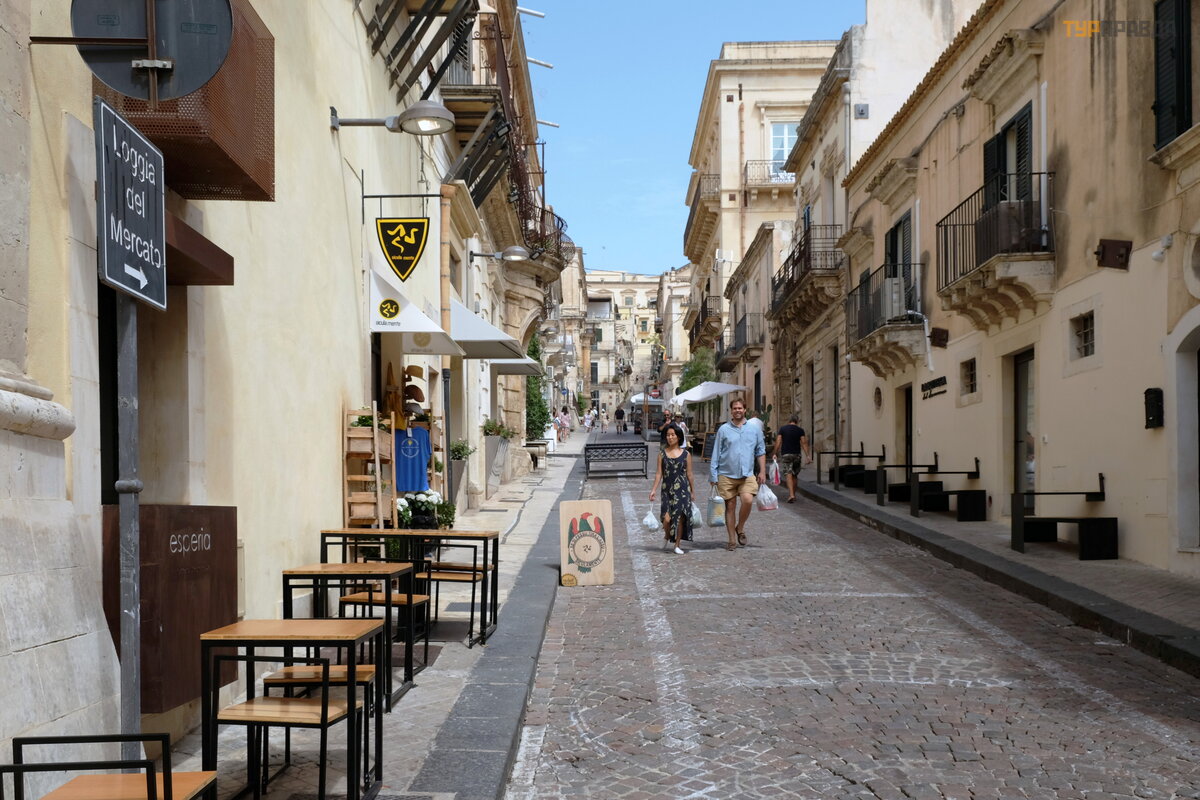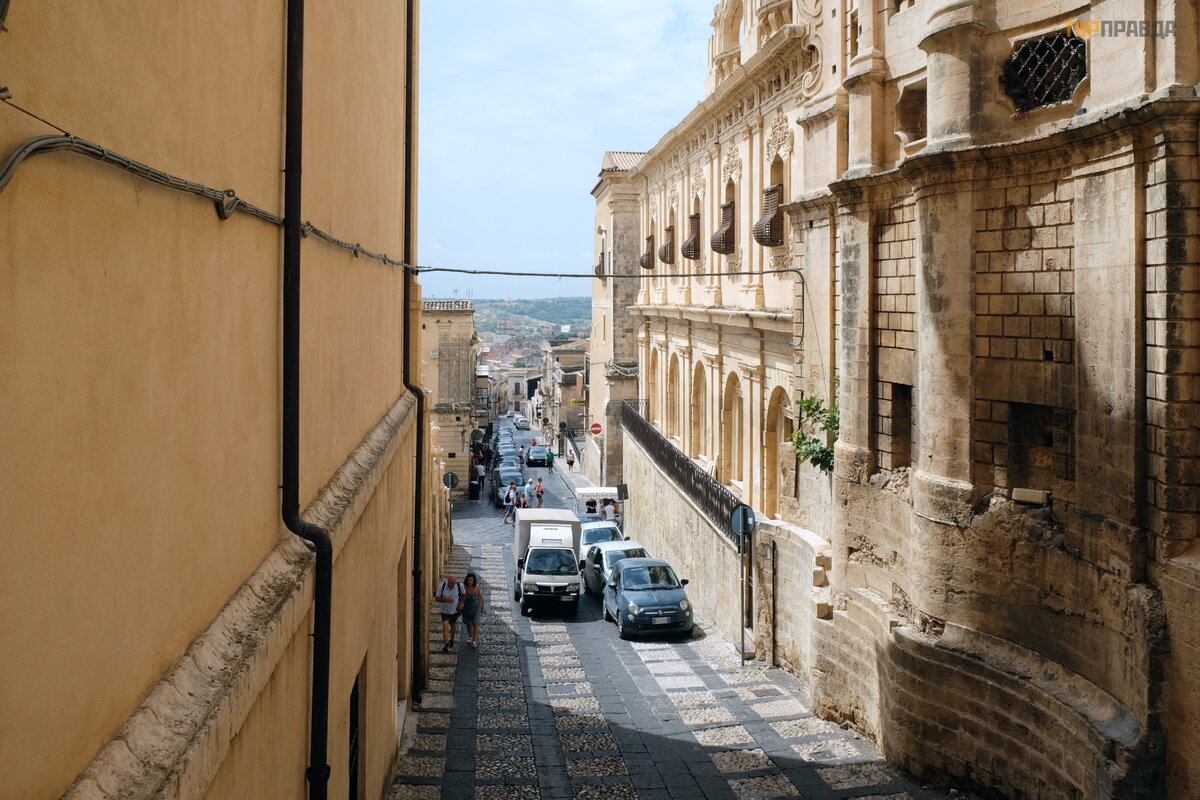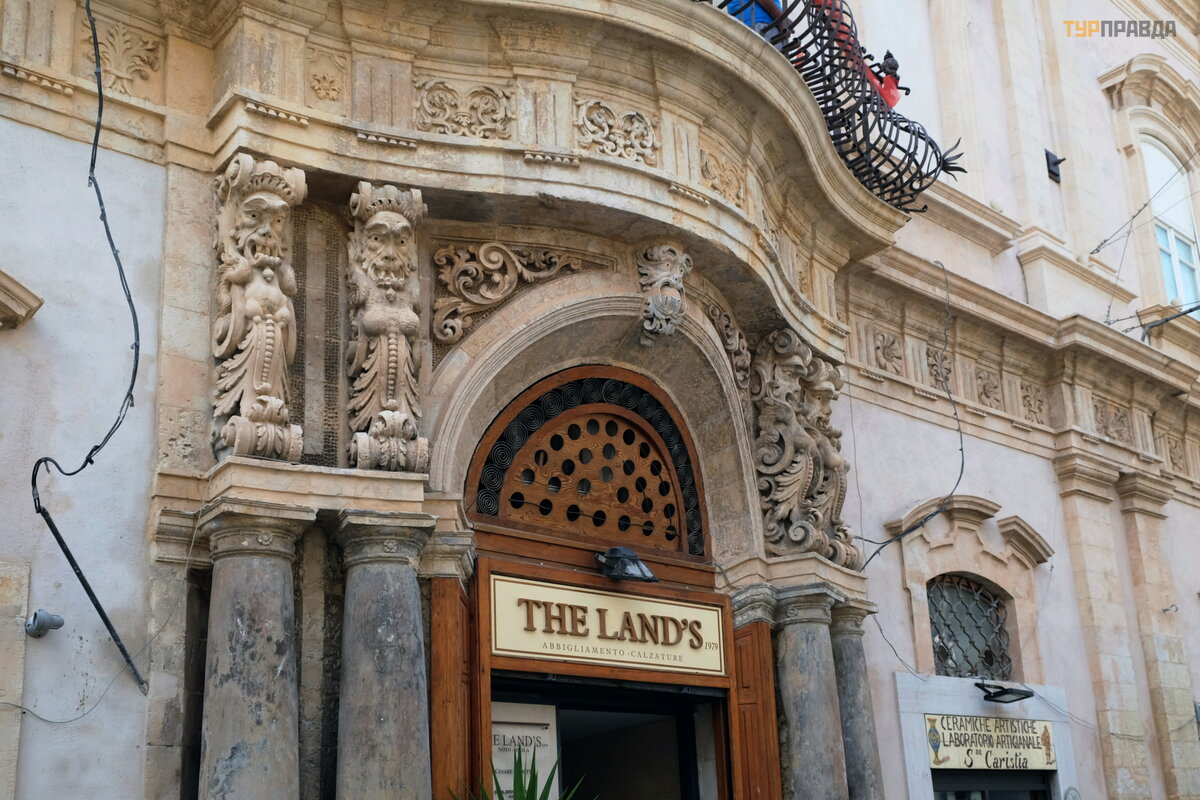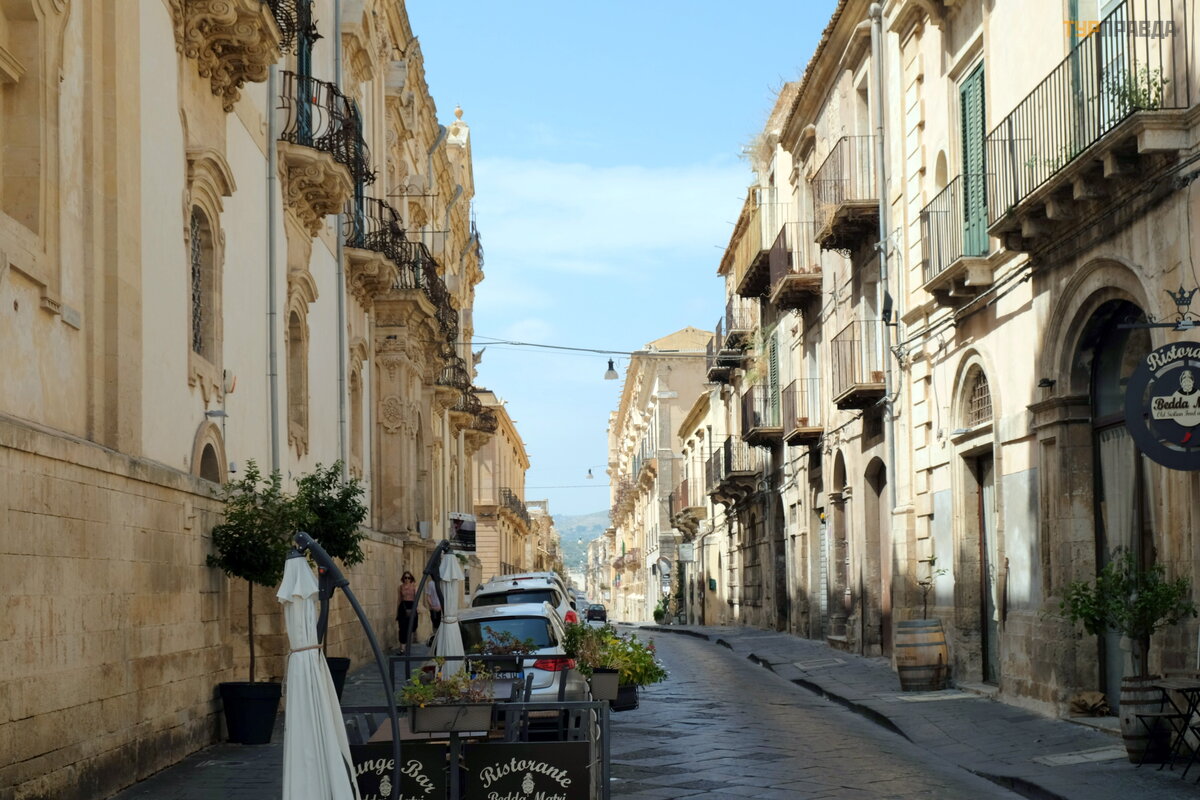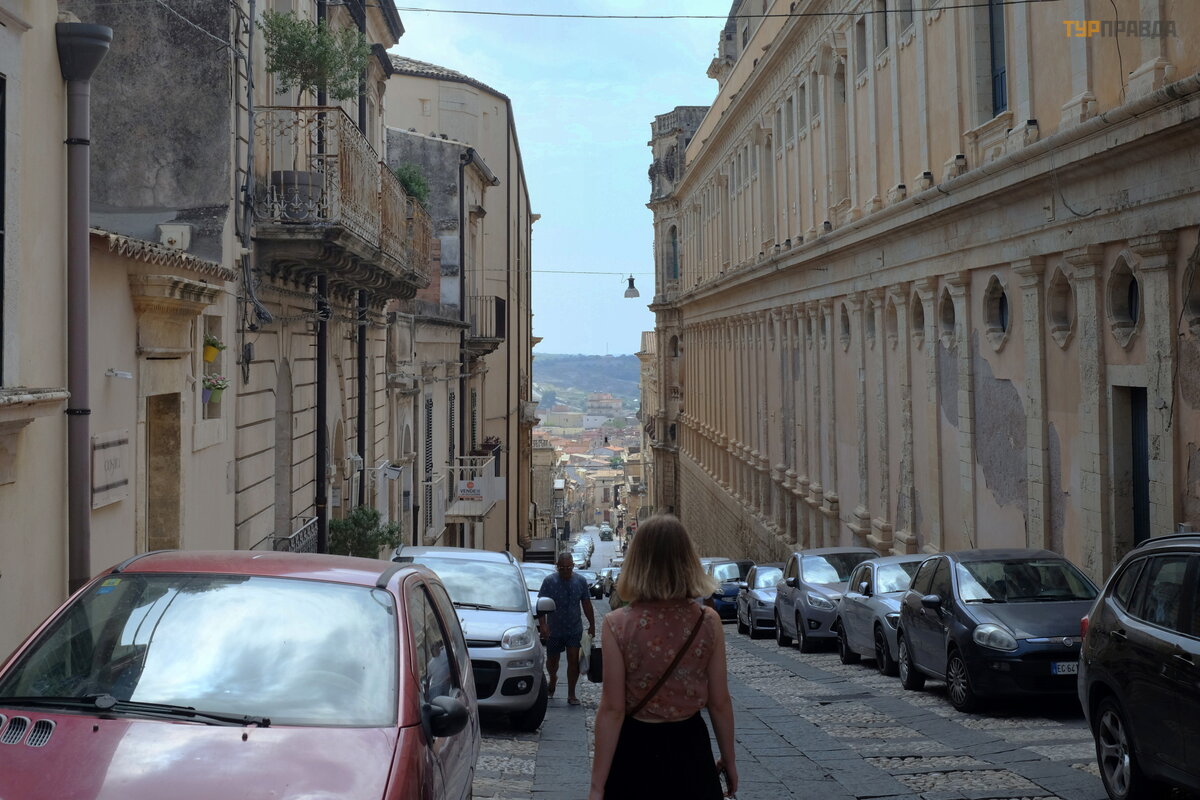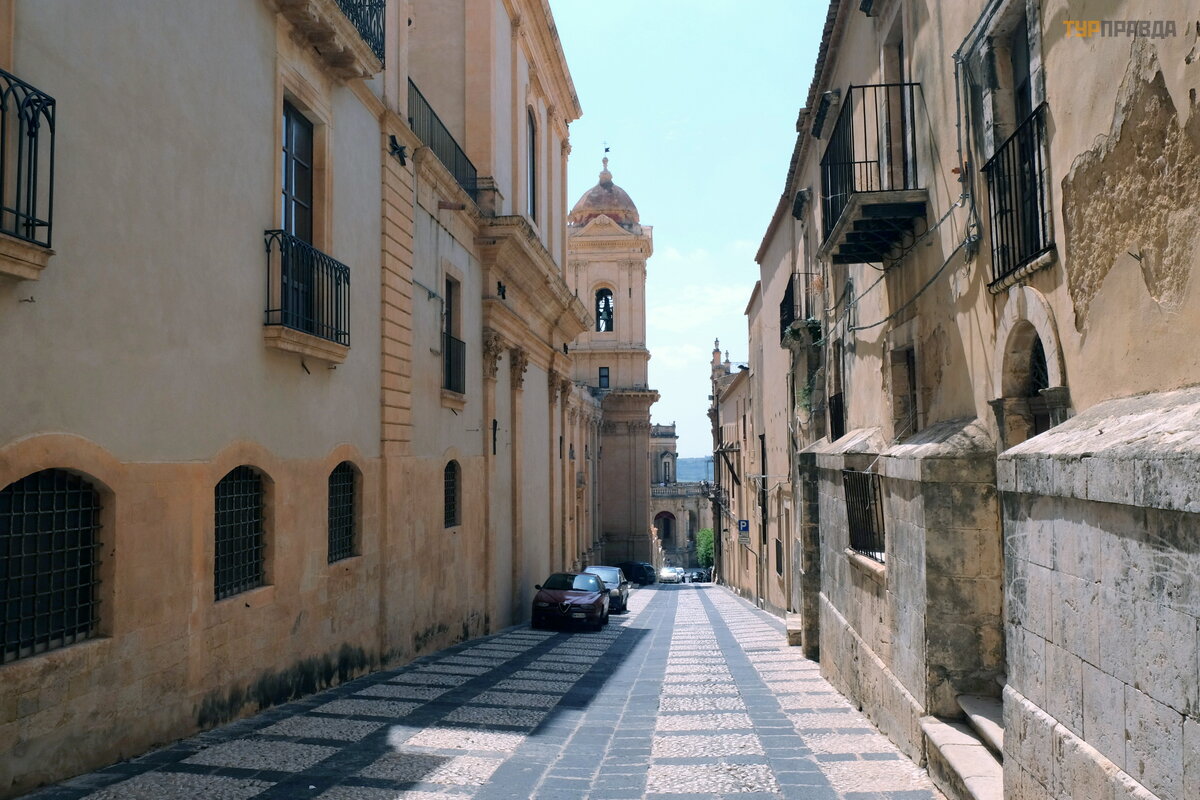Sicily. Part 7. Noto

Sicily. Part 1. Giardini Naxos >>>
We visited Noto already in September, when we were relaxing at the VOI Arenella Resort 4 * hotel. A few words about the hotel itself: it is located an hour from Catania Airport, from Syracuse - twenty minutes. The hotel area is very green, large, even two receptions.
Vacationers live in two-story buildings.
The first time we lived on the first floor,
from the room you can either go out onto the terrace and lawn. The next year we were settled in a large double room on the second floor with access to the loggia.
There are few compatriots, in each race I saw no more than 10-15 people. Mostly Italians themselves have a rest. Very good cuisine, the atmosphere in the restaurant is free, wine, cola, Schweppes, you pour water from the taps yourself. Since we had half board, the hotel guides themselves advised taking food with us for lunch, which we did.
In the evenings there was live music and dancing, a disco for young people separately, away from the buildings. There was also animation, but in Italian.
Two own protected beaches, you can walk to them in ten minutes, or ride on such funny "engines":
One sandy beach, gently sloping coast.
Sunbeds and umbrellas are free, the first three rows of sunbeds are for a fee. We rested on this beach until lunch, there is music, aerobics, etc.
After lunch we went to the pontoon beach, in the rocks. The water here is colder, but very clean.
The only disadvantage of the hotel is poor transport accessibility. Not far from Syracuse, but finding a bus is very problematic. There are only hotels and villas around, it was hard to find one store in the village, with a very meager assortment.
There is a shuttle bus from the hotel in Syracuse twice a day - at 10.00 and 15.00, 3 euros round trip, at 13.00 and 18.00 the bus returns. You can stay in the city for three hours, or you can stay for eight hours, whichever suits you. The first time we took tickets for the whole day in order to visit the city of Noto.
The city of Noto is considered the center of the Sicilian Baroque. During the earthquake of 1693, the Val di Noto region with its cities was almost completely destroyed. Now eight restored cities are included in the World Heritage List (Caltagirone, Militello Vali di Catania, Catania, Modica, Noto, Ragusa, Scicli, Palazzolo).
Unfortunately, in our hotel, excursions in Russian to these cities are poorly organized, unlike Italian or English-speaking groups. Therefore, we examined the cities on our own.
Noto can be reached from Syracuse by either the Iblean Railway or AST buses. That trains and buses run very infrequently in this direction, the interval can be more than three hours, so planning to visit several cities at once, even those located close to each other (for example, Noto Ragusa and Modica) is very difficult, besides, trains can be delayed.
We still decided to take the train. The composition is only two cars, I advise you to take seats in advance, otherwise a lot of people are packed into the car, traveling from Syracuse to the beaches of Fontane Bianco. Tickets for the return trip must also be bought in Syracuse, as ticket offices may not work at the station in Noto.
The journey takes about an hour, and the train stops at seaside beach towns, including Avola, home of the famous Nero de Avola grape, from which many good Sicilian wines are made.
Noto is not a seaside town, although it is only a 10-minute drive from the sea. The beach area closest to the city is called Lido di Noto. The Noto railway station is quite far from the Old Town, and the road goes uphill. So it was better to take the bus
which stops at the city park, beyond which the gates to the Old Town begin. . .
. . . beyond which begins the Royal Gate (Porta Reale) to the Old Town. The city residents built the gate in 1838 to meet the monarch Ferdinand II, who visited the city on a visit.
The streets of the reconstructed Noto were built according to a single plan, in a short historical period, therefore the city looks like a single integral project, later called the "Stone Garden". The best architects of the country of that time worked on the creation of the revived city, primarily the natives of the city, Vincenzo Sinatra and Rosario Gagliardi.
The city is compact, half a day is enough for sightseeing with a margin. Most of the buildings in Noto are built from local stone, which has a light yellow, "honey" color.
In the rays of the sun, which is always abundant in Sicily, the buildings seem warm and cozy.
Noto is built on the principle of streets intersecting at right angles. The central and largest street of the city is Corso Vittorio Emanuele (Vittorio Emanuele), which runs in a straight line through the whole of Noto. It links the main squares of Noto.
Piazza Immacolata (The Immaculate Virgin) is home to one of the main attractions of Noto, the Church of San Francesco (1704-1745). The project of the church was developed and implemented by the already mentioned local architect Vincenzo Sinatra.
A monumental staircase leads to the temple building itself, on the terrace of which you can see an impressive statue of the Virgin Mary.
A monastery adjoins the temple directly. The buildings form a single architectural ensemble.
Let's go further along the main street:
The central square of the city is Piazza Municipio (Town Hall), here is the Cathedral of San Nicolò , the building was built according to the project of Gagliardi, but completed only in 1776. There is a wide staircase in front of the main entrance.
Next to the Cathedral is the palace of the local bishop:
Interior of the cathedral:
The domes of the cathedral were painted by the Russian painter, student of the Academy of Ilya Glazunov and the Academy of Fine Arts in Venice Oleg Supereko, he has lived in Italy for many years. Supereko works in the technique of raw fresco,
which has been used quite rarely for the past few centuries due to the lack of customers and technical complexity. So the order for the painting of the cathedral in Noto is one of those cases that happen only once in a lifetime. At least, this is the only case when a Russian artist painted a cathedral in Italy.
They say that John the Evangelist is a self-portrait of the artist:
Architect Sinatra has also worked on this square. Opposite the Cathedral of San Nicolò , he erected the impressive Ducesio Palace, which today is the city hall.
The Church of Santa Chiara (Santa Chiara, 1730-1758) designed by Rosario Gagliardi, is also located next to the Cathedral.
On the left is the church of San Salvador,
on the right - Santa Chiara:
Small oval interior with twelve columns, decorated with stucco and putti angels:
The 18th century church of San Carlo Borromeo with an unusual upper tier:
On Piazza XVI Maggio (March 16 - Day of the Unification of Italy) is the church of San Dominica (1703-1727), also designed by Gagliardi. I must say that in total there are 18 churches and 15 monasteries in the city, but this one is considered one of the most important.
In front of the church there is a small fountain of Hercules:
Here, on the other side of the square, the city theater is located:
Opposite the Nicolaci Palace is the entrance to the historic winery - Fellice Modica.
In the vicinity of Noto, very good wines are made. Moscato di Noto are especially famous:
Corso Vittorio Emanuele ends with a platform with an obelisk:
Above and parallel to Corso Vittorio Emanuele passes Via Cavour:
Usually everyone likes to climb it along via Corrado Nicolaci (Nicolaci). . .
. . . at the end of which the Cathedral of Chiesa di Montevergine (Montevergine) is located on a hill - this was the first church,
restored in Noto after the terrible earthquake of 1693. Vincenzo Sinatra (in 1693-1695) was directly involved in its restoration. And from the old church of the 16th century, only the Carras marble floor has been preserved.
Near the church is located the most famous palace of Noto - the Nicolaci Palace of 1765, which served as the residence of the family of the same name. On both sides there are three small balconies. They depict sirens, chimeras, centaurs, winged horses and children's portraits.
Via Nicolaci blooms in May, so the locals celebrate a special Flower Festival. In 1980, all local artists started and organized, and then masters from all over Italy and even other countries took up their initiative (photo from the Internet).
Palazzo Astuto 18th c.
with beautiful balconies:
There are a lot of stone stairs in the town because of the height difference:
If we climb even higher, we will see the Church of the Crucifixion (Chiesa del Crocifisso), where a pair of ancient lions guarding the entrance has been preserved - they are said to have been brought from ancient Rome. They didn’t get inside, because the siesta.
We went down to Corso Vittorio Emanuele, went to drink coffee with ice cream in the famous Caffe Sicilia on the whole island. Every year it is recognized as the best bar in Sicily - there is a huge selection of sweets and ice cream.
It seems that we have looked at everything, we are going to the station.
It took a long time to get to Syracuse, because the train was late, we had to sit at the station for an hour.
Continued here >>>

